

The humble dress has a fascinating history. The first dresses can be traced back to the 19th century. As dresses gained in popularity, they became more of a fashion statement. There were many types of dress styles over the years, with different fabrics, designs and inserts—even whalebone or steel frames known as crinolines!
The history of dresses is interesting, for example during World War II Trusted Source World War II – Harvard Gazette Official news from Harvard covering innovation in teaching, learning, and research. news.harvard.edu dress styles were shortened to save material and they were also rationed until 1949. Today, you have multiple options to pick from for your cupboard.
Fashion changes consistently and trends seem to run in a continuous loop but there are so many different types of dresses available. These descriptions may help you pick your next best buy. Or, consider this: making your own custom clothing has become a hot trend, but if you want to do it properly, you need the best sewing machine for the job.
If you intend on making clothing invest in a good cover stitch machine.
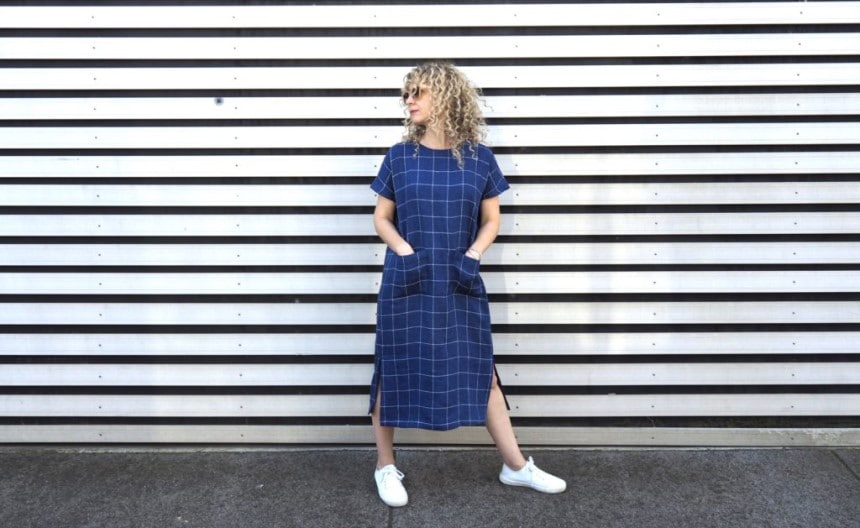 The shift dress was named for its design and for the shift in mindset around that time. Women realized that they didn’t have to squash themselves into corset dresses. Instead, they opted for a looser option.
The shift dress was named for its design and for the shift in mindset around that time. Women realized that they didn’t have to squash themselves into corset dresses. Instead, they opted for a looser option.
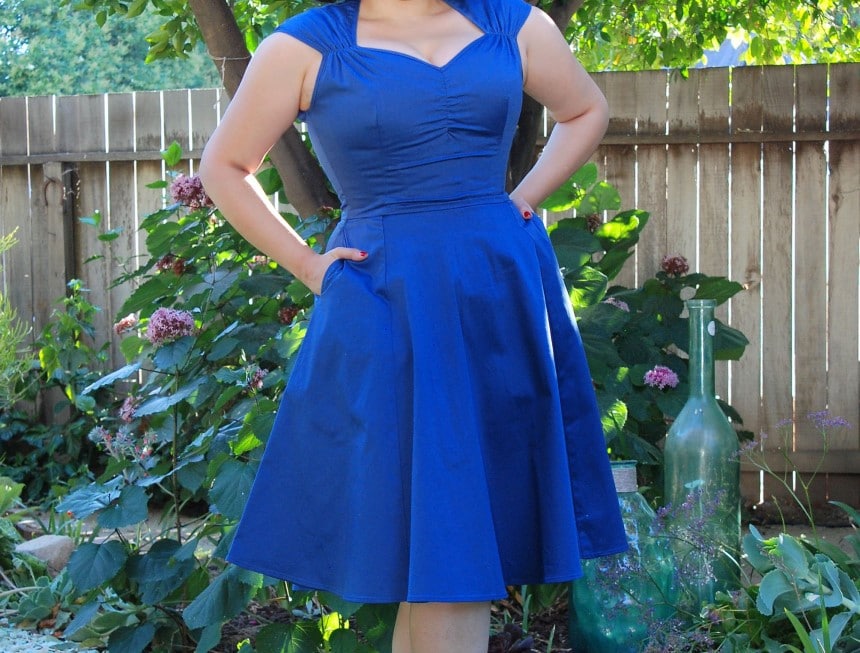 Fitted at the hip, it widens towards the bottom and gives the illusion of a capital letter A or triangle. This look is versatile and can be made in a variety of different fabrics.
Fitted at the hip, it widens towards the bottom and gives the illusion of a capital letter A or triangle. This look is versatile and can be made in a variety of different fabrics.
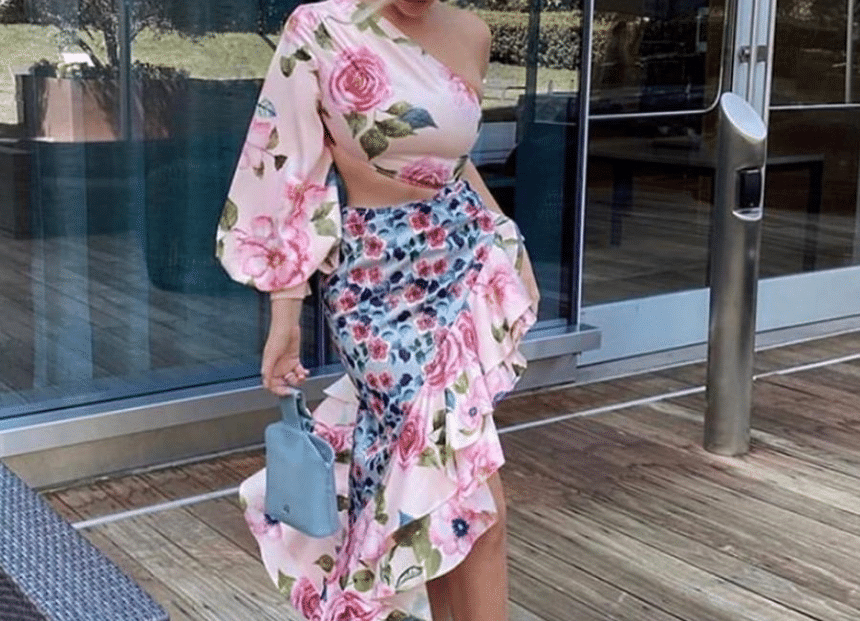 This dress is easily identified by its slanted hem or necklines. These days models such as Kate Moss keep the dress style fresh and fashionable.
This dress is easily identified by its slanted hem or necklines. These days models such as Kate Moss keep the dress style fresh and fashionable.
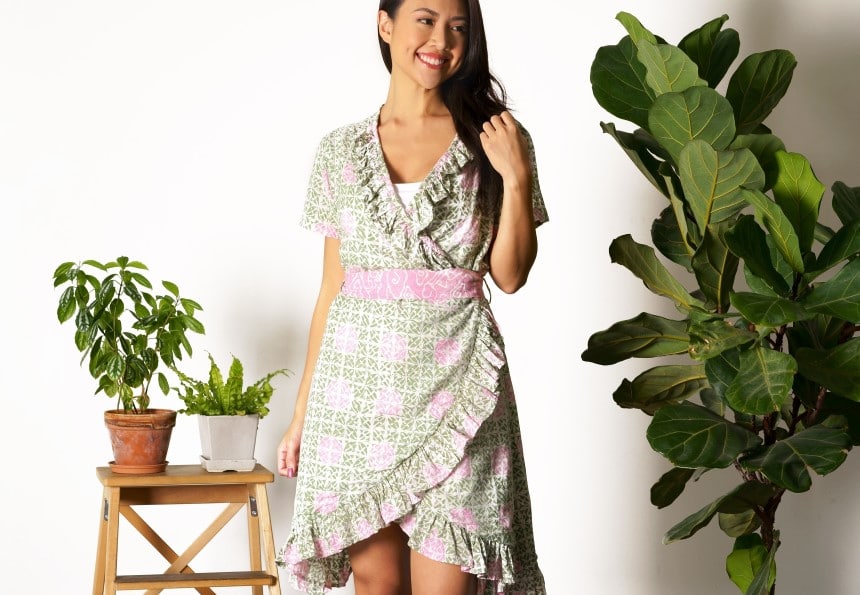 The wrap dress is closed by tightly wrapping one side of the material over another. In 1972 many women required outfits to wear to work and that’s how the wrap dress was born. The influencer Kim Kardashian is often seen wearing this kind of dress.
The wrap dress is closed by tightly wrapping one side of the material over another. In 1972 many women required outfits to wear to work and that’s how the wrap dress was born. The influencer Kim Kardashian is often seen wearing this kind of dress.
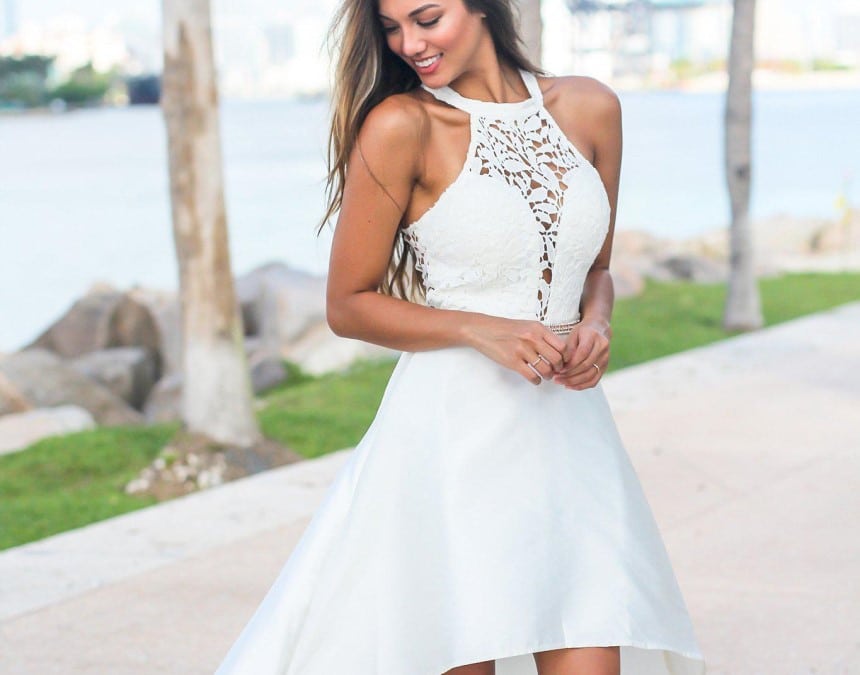 With a halter dress, the iconic Marylin Monroe comes to mind. This dress was first produced in the 1930s for the elite Hollywood models and celebrities. It’s form-fitting and tied behind the back of the neck.
With a halter dress, the iconic Marylin Monroe comes to mind. This dress was first produced in the 1930s for the elite Hollywood models and celebrities. It’s form-fitting and tied behind the back of the neck.
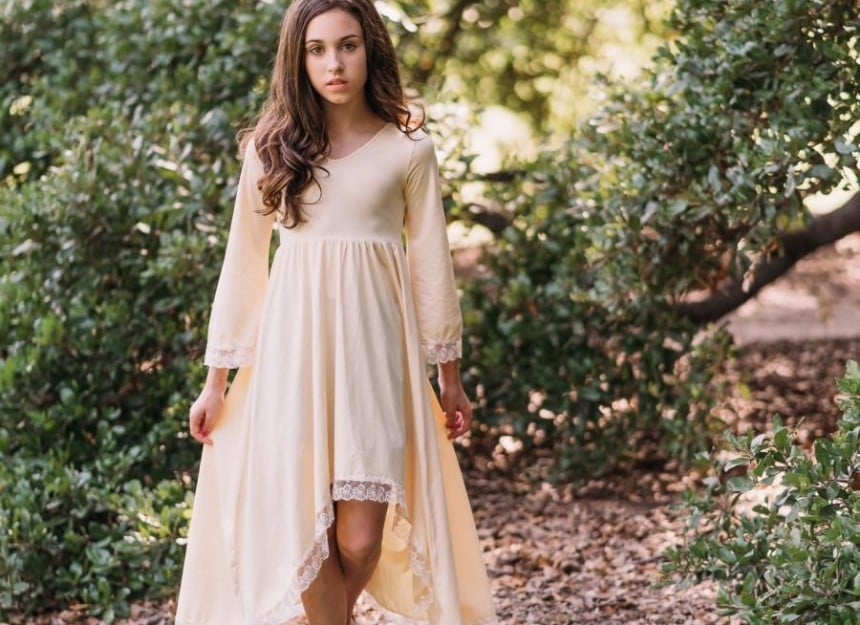 Also known as a waterfall dress the skirt is shorter in the front, and then extends at the back. The flowing fabric resembles a waterfall and is a popular design for weddings and formal dances.
Also known as a waterfall dress the skirt is shorter in the front, and then extends at the back. The flowing fabric resembles a waterfall and is a popular design for weddings and formal dances.
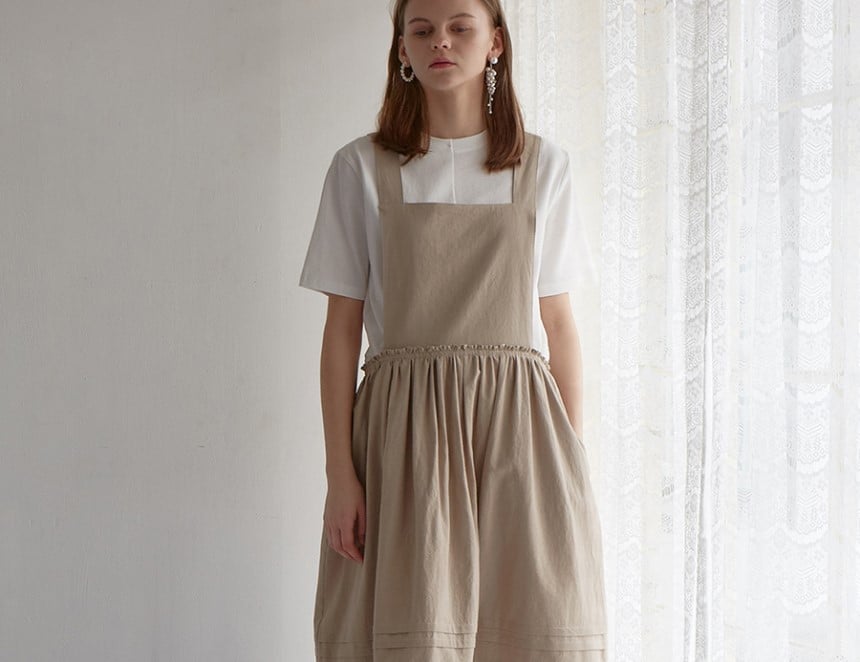 These dress types look very much like a traditional apron. It’s designed for comfort and it’s normally cut just above the knee with a bib-style front and ties at the back.
These dress types look very much like a traditional apron. It’s designed for comfort and it’s normally cut just above the knee with a bib-style front and ties at the back.
This is an option to make yourself, even if you’re a newbie sewer. If you want to try your hand at sewing a dress form is the perfect place to make alterations to your outfit. A Juki HZL-F600 sewing and quilting machine, that features an adjustable foot is a must for every sewing room.
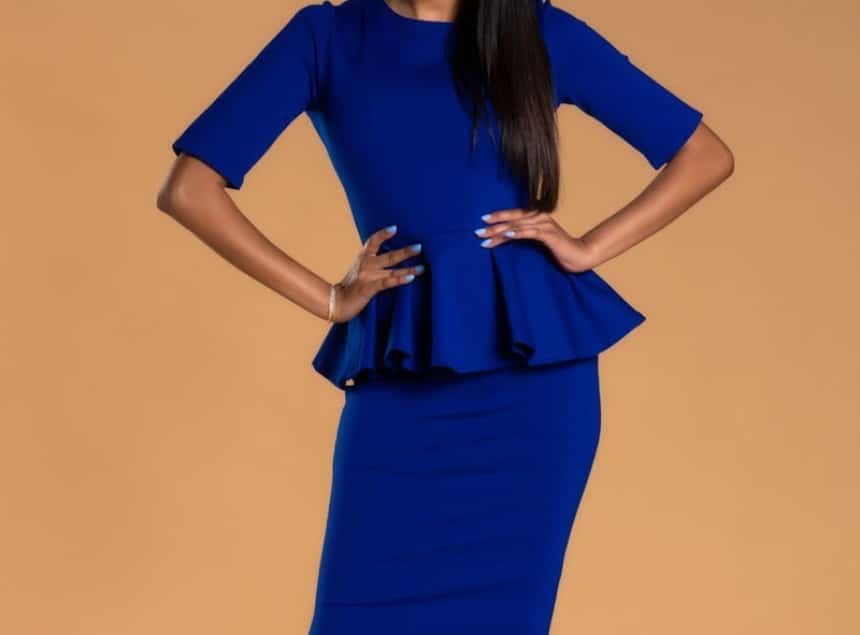 The Ancient Greeks made this style popular. It’s a tubular shape and gathered at the waist and folded. The fold is known as a peplum. The ruffle at the front of the dress draws attention to the waist.
The Ancient Greeks made this style popular. It’s a tubular shape and gathered at the waist and folded. The fold is known as a peplum. The ruffle at the front of the dress draws attention to the waist.
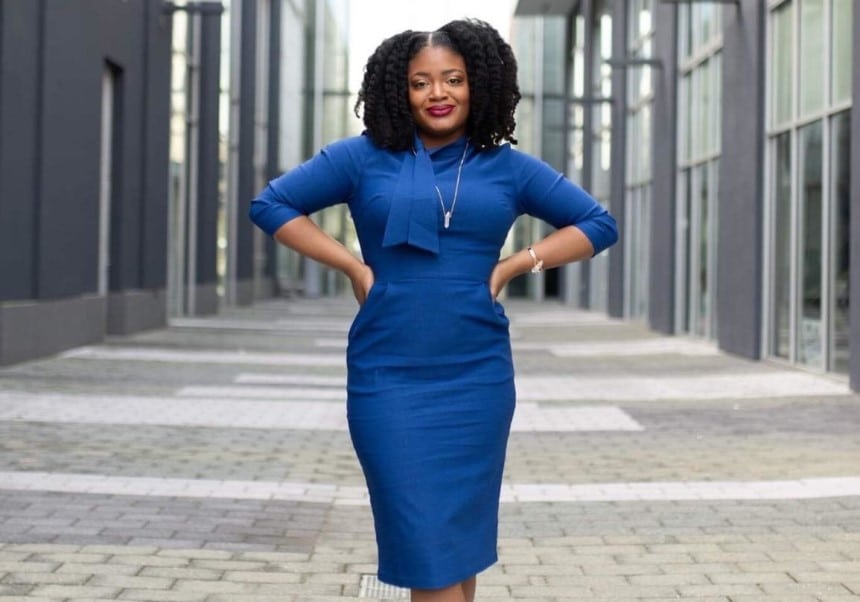 The Wright brothers transported the first female passenger but realized her outfit would not be appropriate for the flight. They decided to tie down the bottom of the dress with rope and indirectly created the first pencil skirt.
The Wright brothers transported the first female passenger but realized her outfit would not be appropriate for the flight. They decided to tie down the bottom of the dress with rope and indirectly created the first pencil skirt.
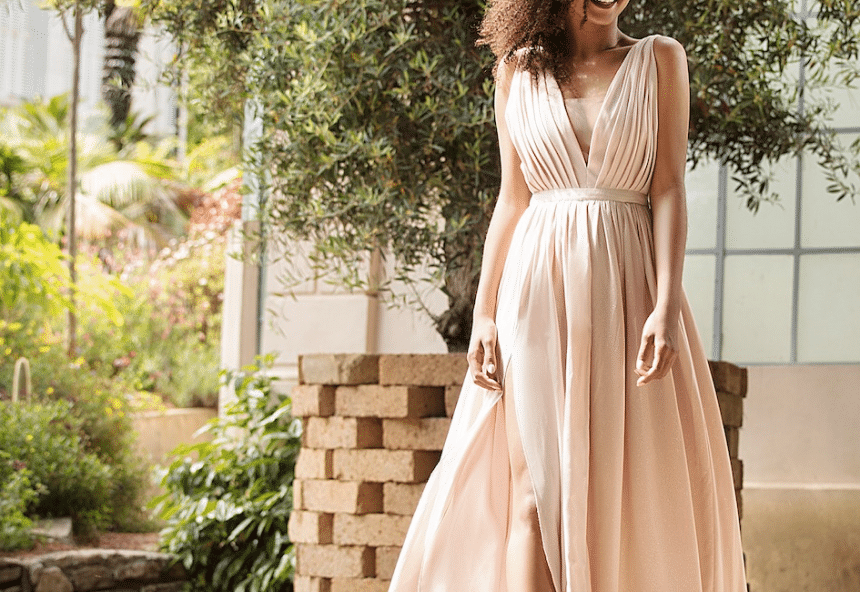 This dress has a fitted bodice, then flows loosely from below the bust line. The skirt is normally long and flowing and gives the illusion of an elongated figure.
This dress has a fitted bodice, then flows loosely from below the bust line. The skirt is normally long and flowing and gives the illusion of an elongated figure.
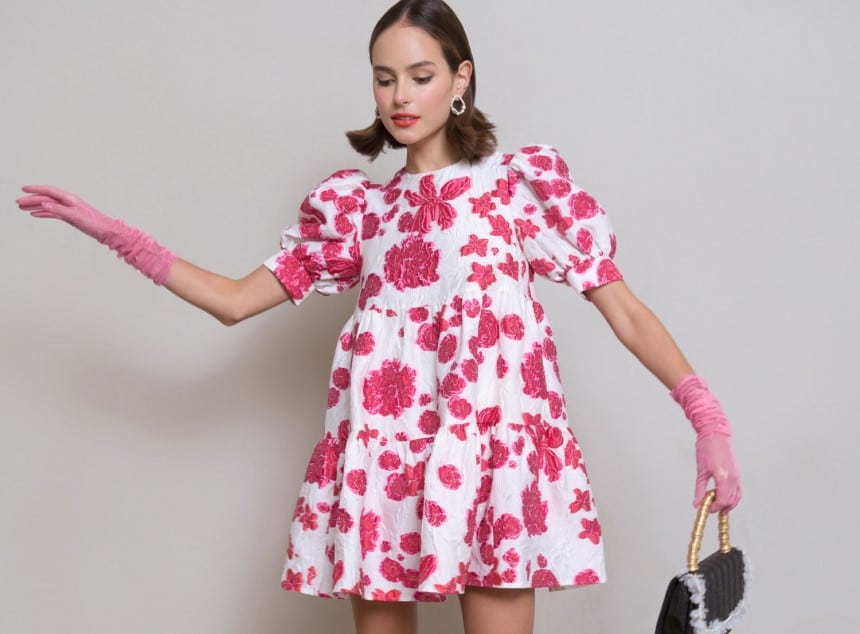 These dresses are very comfortable to wear and characterized by being super short and very loose from the bust downwards.
These dresses are very comfortable to wear and characterized by being super short and very loose from the bust downwards.
The dress was first produced in the 1940s because of fabric shortages due to the Second World War.
 Named a balloon dress because of its circular design, the main feature of this style is added volume. The dress shape creates a rounded silhouette and is normally cut just above the knee.
Named a balloon dress because of its circular design, the main feature of this style is added volume. The dress shape creates a rounded silhouette and is normally cut just above the knee.
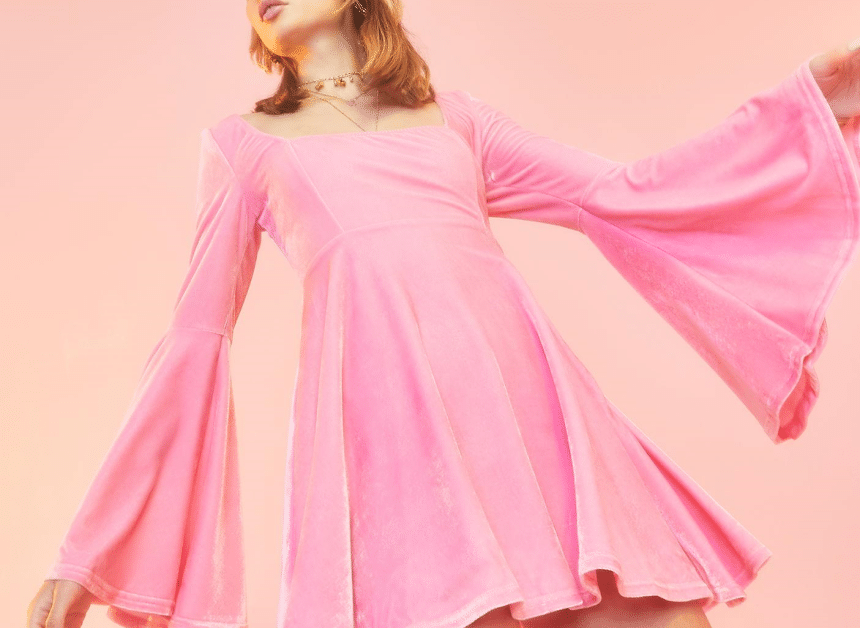 This style first became popular in the Medieval Era for members of the clergy. The dress featured large, wide sleeves that resembled bells.
This style first became popular in the Medieval Era for members of the clergy. The dress featured large, wide sleeves that resembled bells.
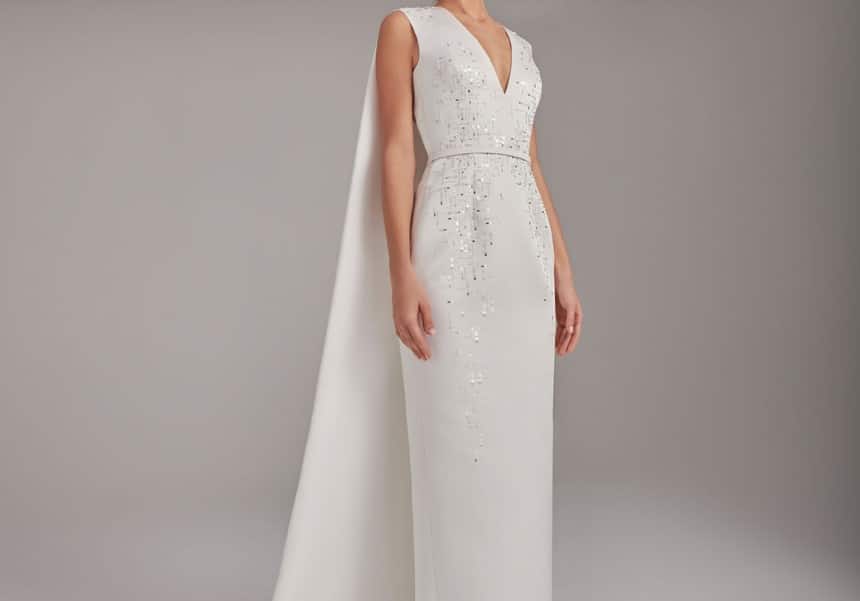 You will feel like a superhero when you wear a cape dress. The cape is attached to the back of the dress and gives a very distinguished, elegant look.
You will feel like a superhero when you wear a cape dress. The cape is attached to the back of the dress and gives a very distinguished, elegant look.
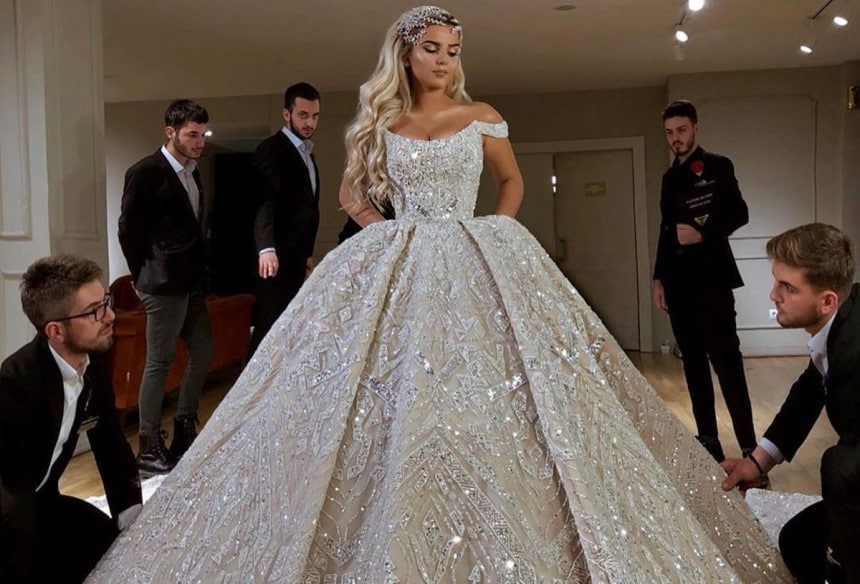 This style brings visions of Cinderella and other Disney princesses to mind. It’s form-fitting, with a small waist and a very volumes skirt.
This style brings visions of Cinderella and other Disney princesses to mind. It’s form-fitting, with a small waist and a very volumes skirt.
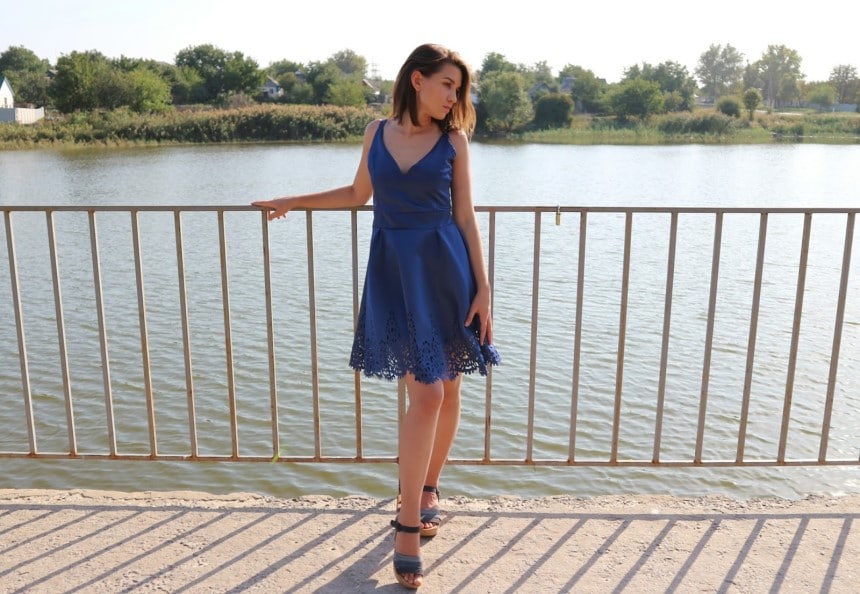 In 1929 women started attending parties in the evenings, also referred to as “cocktail hour”. These dresses are the height of elegance and perfect to wear for formal or semi-formal occasions.
In 1929 women started attending parties in the evenings, also referred to as “cocktail hour”. These dresses are the height of elegance and perfect to wear for formal or semi-formal occasions.
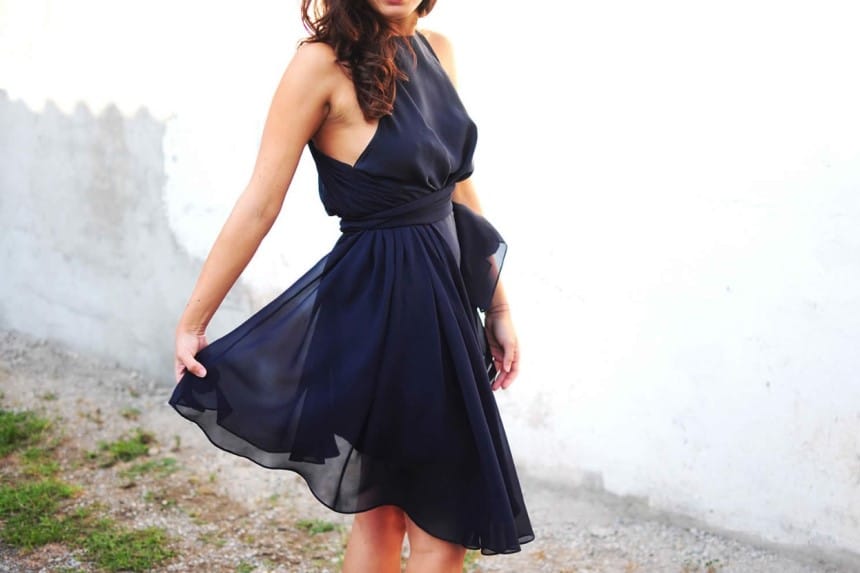 This dress is made from an entire piece of fabric. The fabric is then draped and sewn to form a design and create the structure of the outfit.
This dress is made from an entire piece of fabric. The fabric is then draped and sewn to form a design and create the structure of the outfit.
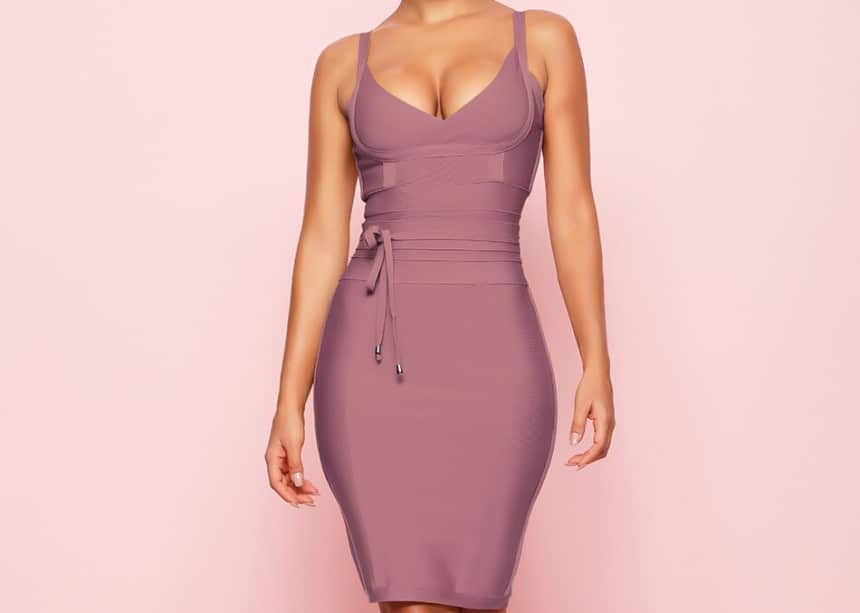 It looks like many thin strips of material sewn together and is designed to show off your curves and hug your figure. The bandage dress was first made as shapewear from fabrics such as nylon or spandex.
It looks like many thin strips of material sewn together and is designed to show off your curves and hug your figure. The bandage dress was first made as shapewear from fabrics such as nylon or spandex.
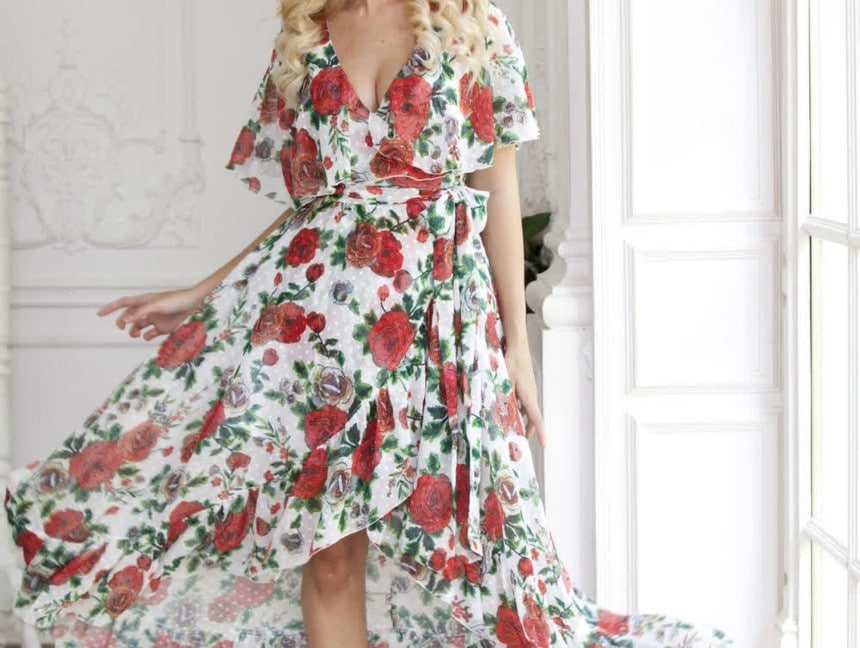 Chiffon is a light fabric that is dainty and pretty. It’s soft and flows beautifully. In 1938 the fabric was very expensive as it was made from silk.
Chiffon is a light fabric that is dainty and pretty. It’s soft and flows beautifully. In 1938 the fabric was very expensive as it was made from silk.
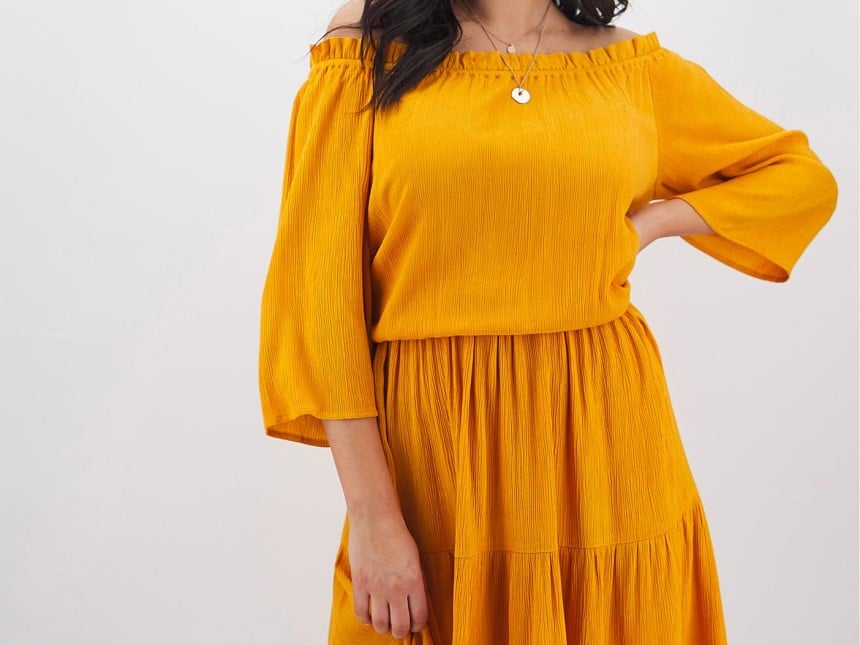 This style is perfect for drawing attention to your waist while camouflaging your stomach. It’s gathered at the waist and cut just above the knee, although ankle-length options are also available.
This style is perfect for drawing attention to your waist while camouflaging your stomach. It’s gathered at the waist and cut just above the knee, although ankle-length options are also available.
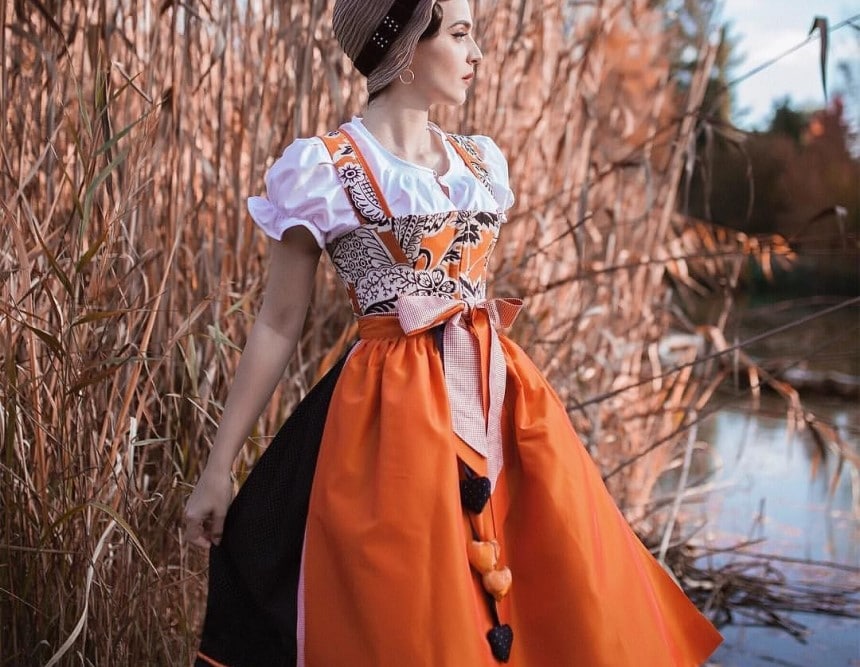 This dress is more of a
folk costume
Trusted Source
Dirndl - Wikipedia
A dirndl is a feminine dress which originated in German-speaking areas of the Alps. It is traditionally worn by women and girls in Bavaria (south-eastern Germany), Austria, Liechtenstein, Switzerland and Alpine regions of Italy. A dirndl consists of a close-fitting bodice featuring a low neckline, a blouse worn under the bodice, a wide high-waisted skirt and an apron.
en.wikipedia.org
and originated in Germany in the 18th century. It consists of a bodice, blouse, full skirt and apron. It was first designed to protect the dress underneath.
This dress is more of a
folk costume
Trusted Source
Dirndl - Wikipedia
A dirndl is a feminine dress which originated in German-speaking areas of the Alps. It is traditionally worn by women and girls in Bavaria (south-eastern Germany), Austria, Liechtenstein, Switzerland and Alpine regions of Italy. A dirndl consists of a close-fitting bodice featuring a low neckline, a blouse worn under the bodice, a wide high-waisted skirt and an apron.
en.wikipedia.org
and originated in Germany in the 18th century. It consists of a bodice, blouse, full skirt and apron. It was first designed to protect the dress underneath.
 The corset was first created to train a women’s waist and accentuate the breasts. The original design was known for creating breathing problems. In the Edwardian Era, it underwent a re-design.
The corset was first created to train a women’s waist and accentuate the breasts. The original design was known for creating breathing problems. In the Edwardian Era, it underwent a re-design.
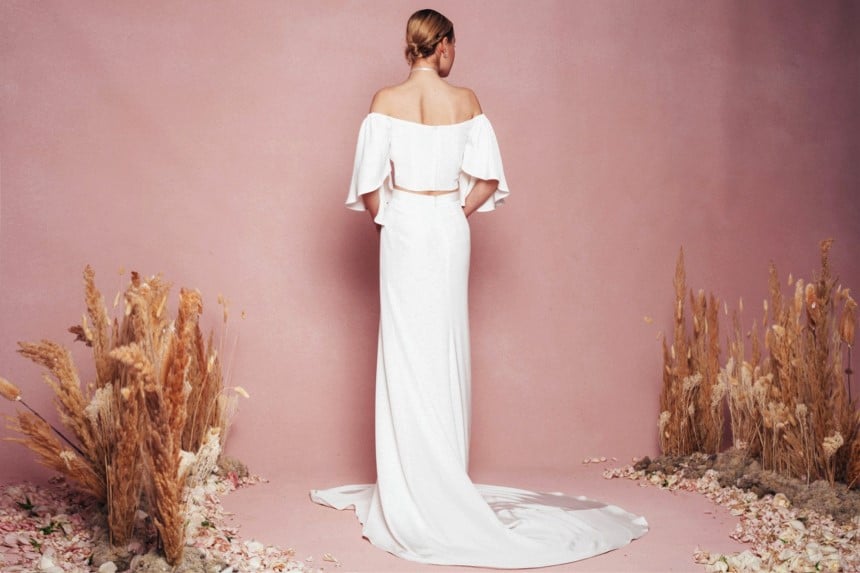 This off-the-shoulder style dress was named after the bombshell
Brigitte Bardot
Trusted Source
Brigitte Bardot - Wikipedia
Brigitte Anne-Marie Bardot (born 28 September 1934), often referred to by her initials B.B., is a French animal rights activist and former actress and singer. Famous for portraying sexually emancipated personae with hedonistic lifestyles, she was one of the best known sex symbols of the late 1950s and 1960s.
en.wikipedia.org
. The style is unique, flirty and fun. Most often seen on the Hollywood red carpet, it’s a celebrity favorite.
This off-the-shoulder style dress was named after the bombshell
Brigitte Bardot
Trusted Source
Brigitte Bardot - Wikipedia
Brigitte Anne-Marie Bardot (born 28 September 1934), often referred to by her initials B.B., is a French animal rights activist and former actress and singer. Famous for portraying sexually emancipated personae with hedonistic lifestyles, she was one of the best known sex symbols of the late 1950s and 1960s.
en.wikipedia.org
. The style is unique, flirty and fun. Most often seen on the Hollywood red carpet, it’s a celebrity favorite.
 Denim is one of the most popular fabrics for making clothes, due to its durability and stylish appearance. Blue jeans quickly went from the clothing of working men to the highstreets as fashion.
Denim is one of the most popular fabrics for making clothes, due to its durability and stylish appearance. Blue jeans quickly went from the clothing of working men to the highstreets as fashion.
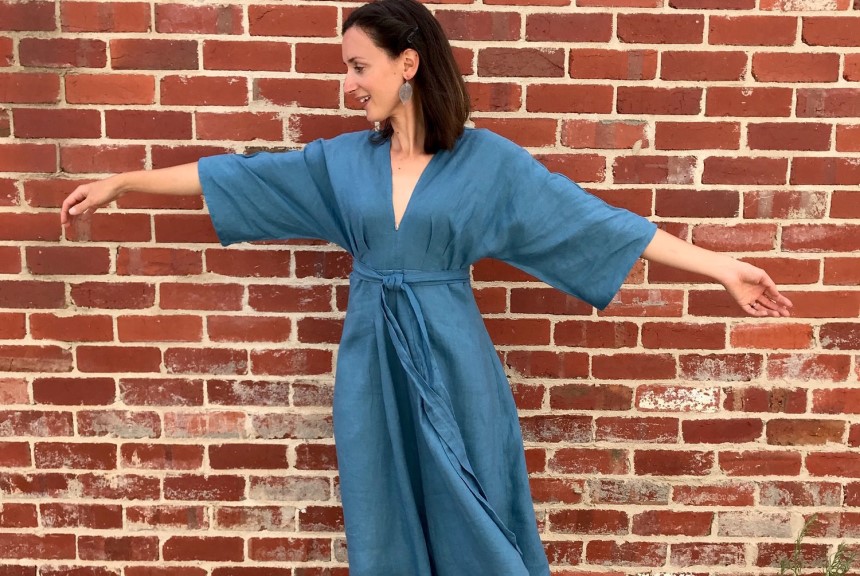 Known as the official dress of Japan this Japanese dress, wraps around the front and features square sleeves. It covers from the shoulder and reaches to the heels. Normally constructed from silk, they are worn with a wide belt, known as an obi.
Known as the official dress of Japan this Japanese dress, wraps around the front and features square sleeves. It covers from the shoulder and reaches to the heels. Normally constructed from silk, they are worn with a wide belt, known as an obi.
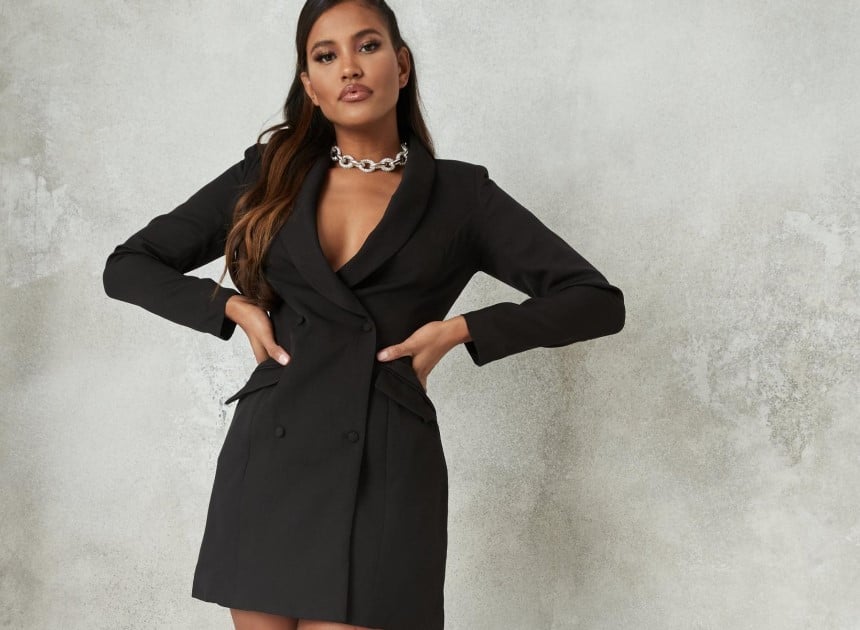 The blazer dress is a modern take on the classic skirt and blazer suit. It allows women to look professional, while still showing a bit of skin.
The blazer dress is a modern take on the classic skirt and blazer suit. It allows women to look professional, while still showing a bit of skin.
 The 20th century saw women wearing more feminine outfits, long flowing skirts, ruffled petticoats and, drawing attention to a small waistline. This dress was form-fitting at the top and had a flouncy skirt.
The 20th century saw women wearing more feminine outfits, long flowing skirts, ruffled petticoats and, drawing attention to a small waistline. This dress was form-fitting at the top and had a flouncy skirt.
 This dress was worn to celebrate a young lady coming of age. Similar to a wedding dress the dress has to be pure white and has to be worn with long sleeve white gloves and a classic string of pearls. It’s meant to represent purity.
This dress was worn to celebrate a young lady coming of age. Similar to a wedding dress the dress has to be pure white and has to be worn with long sleeve white gloves and a classic string of pearls. It’s meant to represent purity.
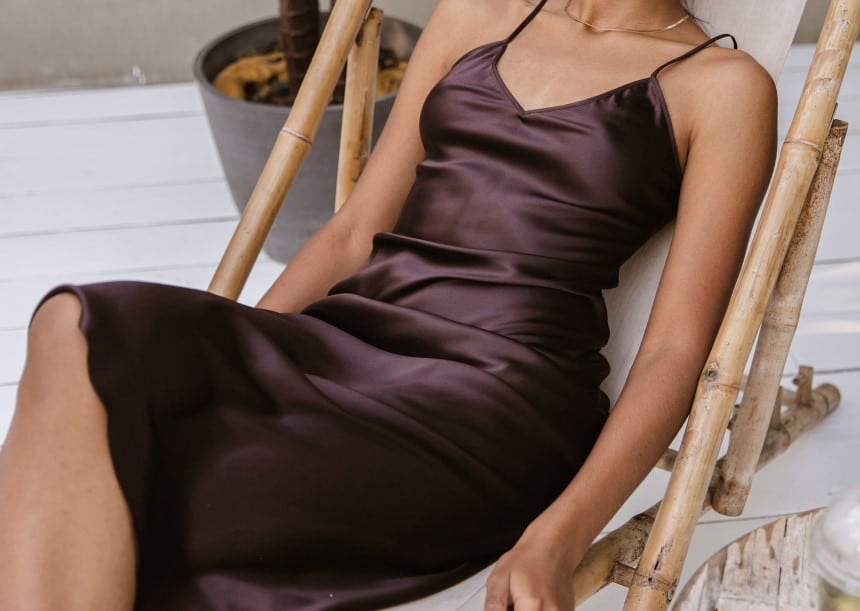 The slip dress was first designed as an undergarment. It’s made from silky fabric and feels soft to the touch. The style can be long or short and worn with jeans and a blazer.
The slip dress was first designed as an undergarment. It’s made from silky fabric and feels soft to the touch. The style can be long or short and worn with jeans and a blazer.
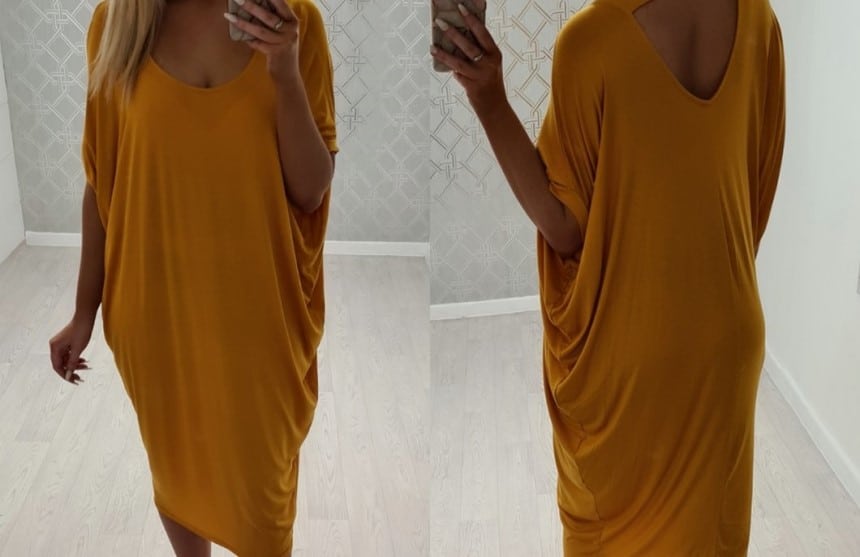 Inspired by the Middle East, the dress is divided into a flowy, billowy cut, then gathered at the hem. The design is supposed to look like the traditional costume that was worn by people in harems.
Inspired by the Middle East, the dress is divided into a flowy, billowy cut, then gathered at the hem. The design is supposed to look like the traditional costume that was worn by people in harems.
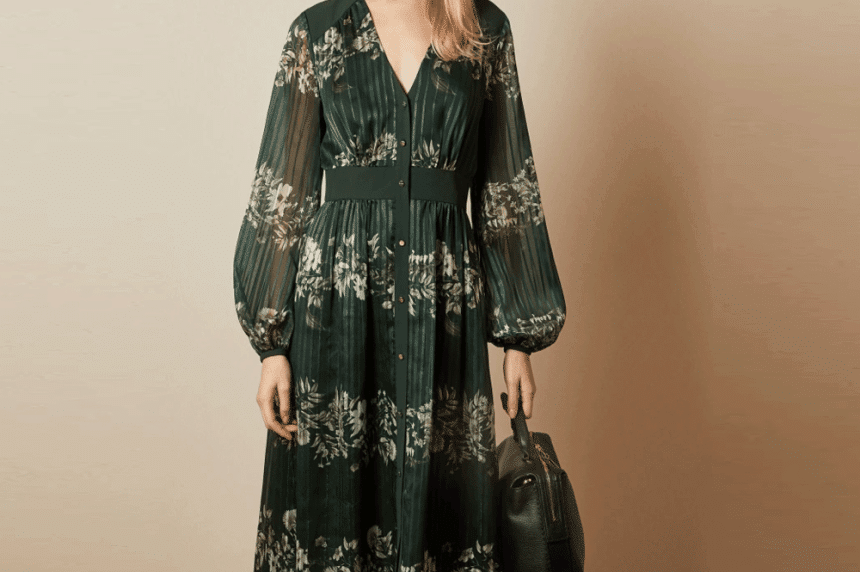 Long sleeve dresses were very popular in the Medieval Times. The design usually featured long, draped sleeves. These days long sleeve dresses are worn for fashion or to keep you warm when the weather is chilly.
Long sleeve dresses were very popular in the Medieval Times. The design usually featured long, draped sleeves. These days long sleeve dresses are worn for fashion or to keep you warm when the weather is chilly.
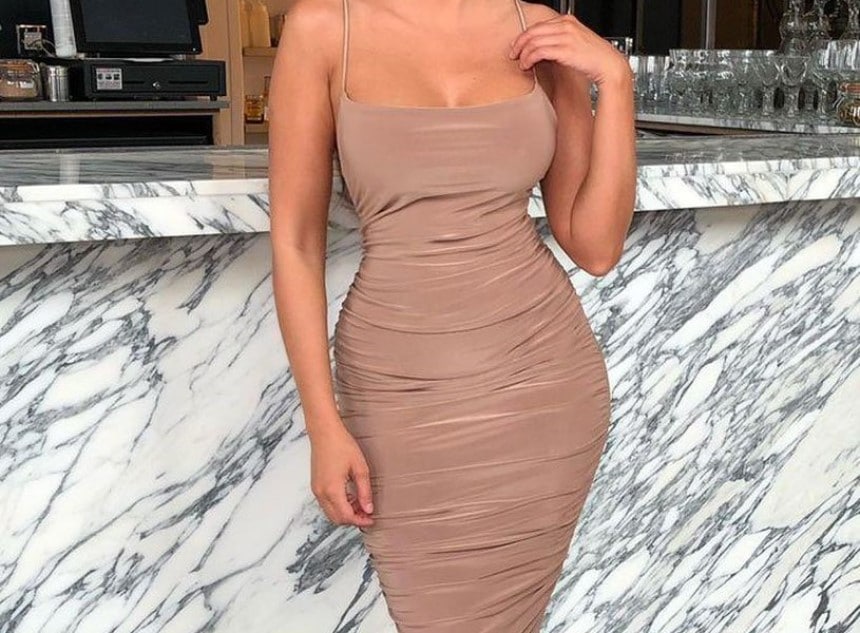 Bodycon is derived from the term body-conscious. It’s designed so the wearer can flaunt their assets and hugs the figure very tightly and enhances your natural curves.
Bodycon is derived from the term body-conscious. It’s designed so the wearer can flaunt their assets and hugs the figure very tightly and enhances your natural curves.
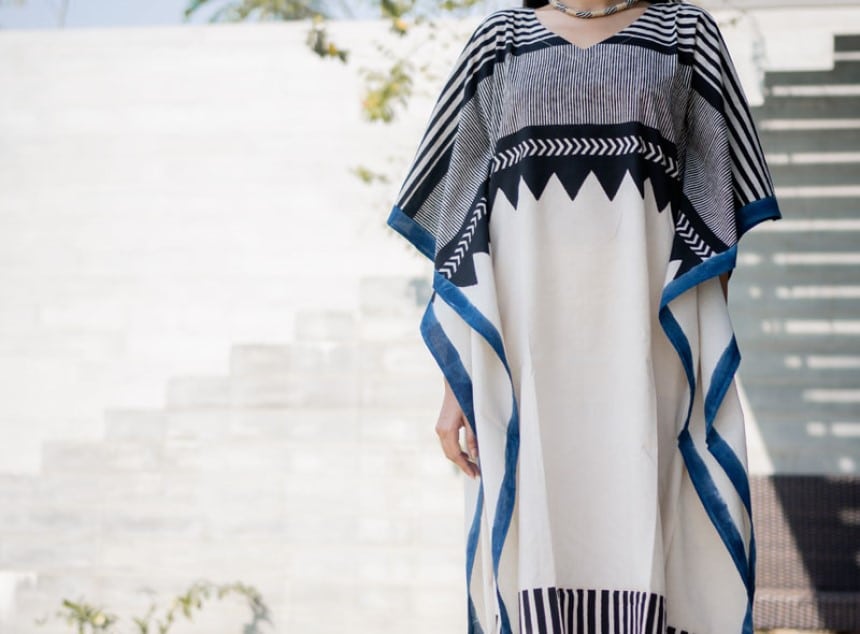 These long lightweight dresses hang loosely on the body. They first originated in Africa where women wore them to deal with the hot climate. It allows wind to pass through it and is very comfortable to wear.
These long lightweight dresses hang loosely on the body. They first originated in Africa where women wore them to deal with the hot climate. It allows wind to pass through it and is very comfortable to wear.
 Lace-up dresses are similar to corset dresses, but instead of lacing up in the front, it laces up at the back. This style is a wedding dress favorite. The corset defines the waistline.
Lace-up dresses are similar to corset dresses, but instead of lacing up in the front, it laces up at the back. This style is a wedding dress favorite. The corset defines the waistline.
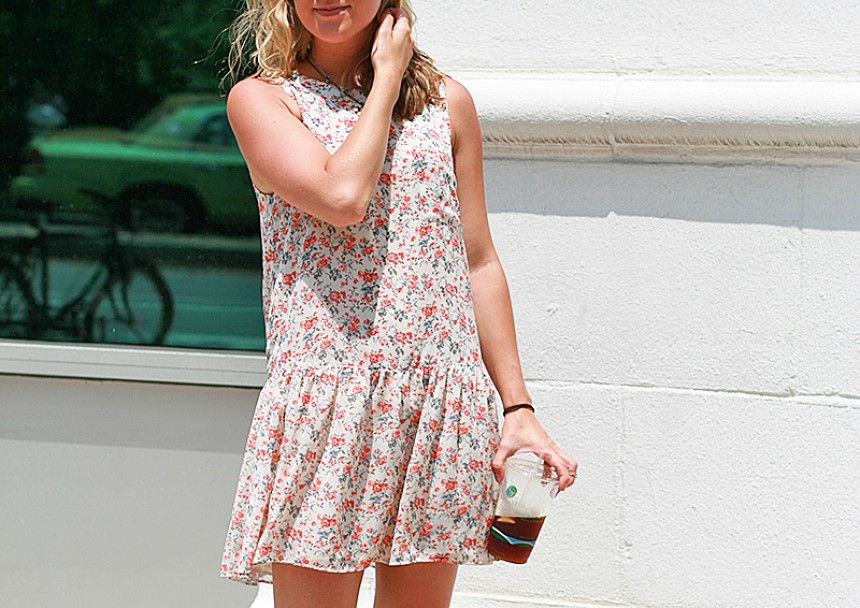 The classic design was popular in the 1920s and because of its relaxed style, it’s comfortable to wear. The skirt is gathered at the hip instead of at the waistline. It shows off long legs perfectly.
The classic design was popular in the 1920s and because of its relaxed style, it’s comfortable to wear. The skirt is gathered at the hip instead of at the waistline. It shows off long legs perfectly.
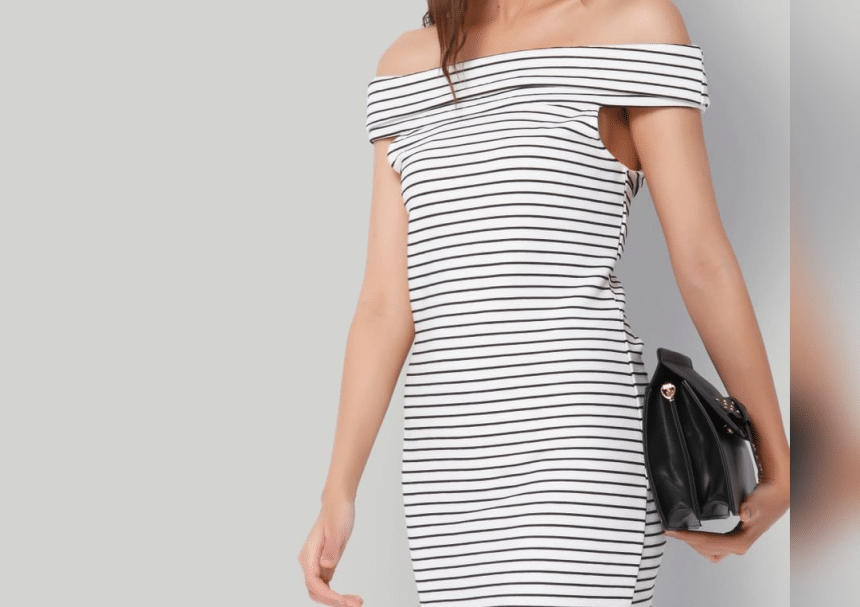 This style is flattering for all types of figures. They can be long, short or, mid-length. The dress shows off your shoulders.
This style is flattering for all types of figures. They can be long, short or, mid-length. The dress shows off your shoulders.
 Comfortable and casual this dress can be made from a variety of materials. It’s smart enough to wear to do the school run but comfortable enough to run after a toddler. Long or short sleeve designs are available.
Comfortable and casual this dress can be made from a variety of materials. It’s smart enough to wear to do the school run but comfortable enough to run after a toddler. Long or short sleeve designs are available.
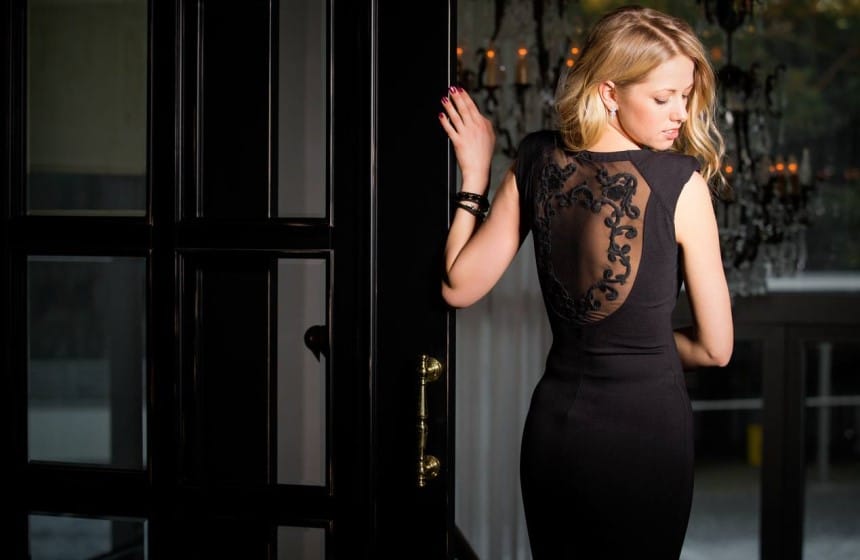 This dress should be in every woman’s wardrobe. It’s a dress that you can pull out in a minute and it will be perfect for any occasion. Your little black dress should make you feel fabulous when you wear it.
This dress should be in every woman’s wardrobe. It’s a dress that you can pull out in a minute and it will be perfect for any occasion. Your little black dress should make you feel fabulous when you wear it.
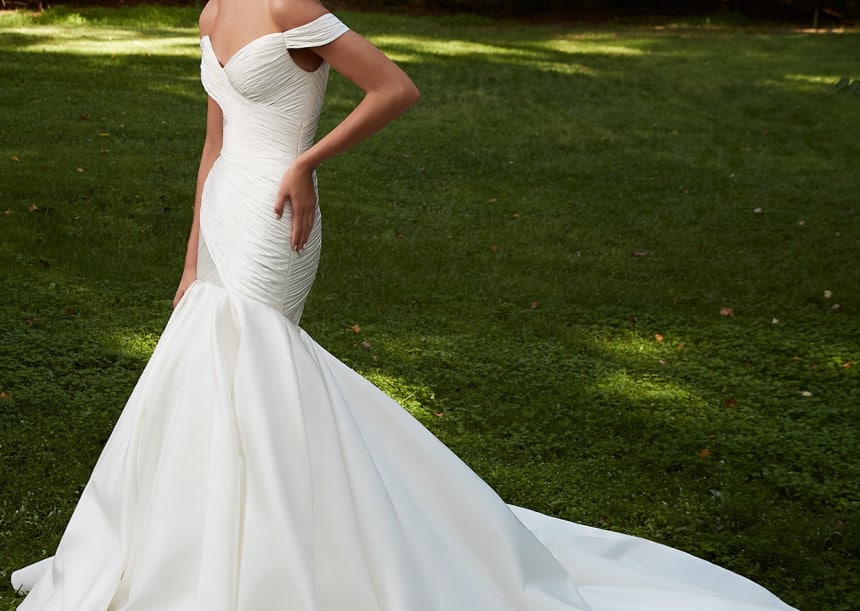 The skirt of the dress resembles a mermaid tail while the top is form-fitting. It flows and is long at the back, usually right to the floor. The dramatic design is reserved for formal weddings.
The skirt of the dress resembles a mermaid tail while the top is form-fitting. It flows and is long at the back, usually right to the floor. The dramatic design is reserved for formal weddings.
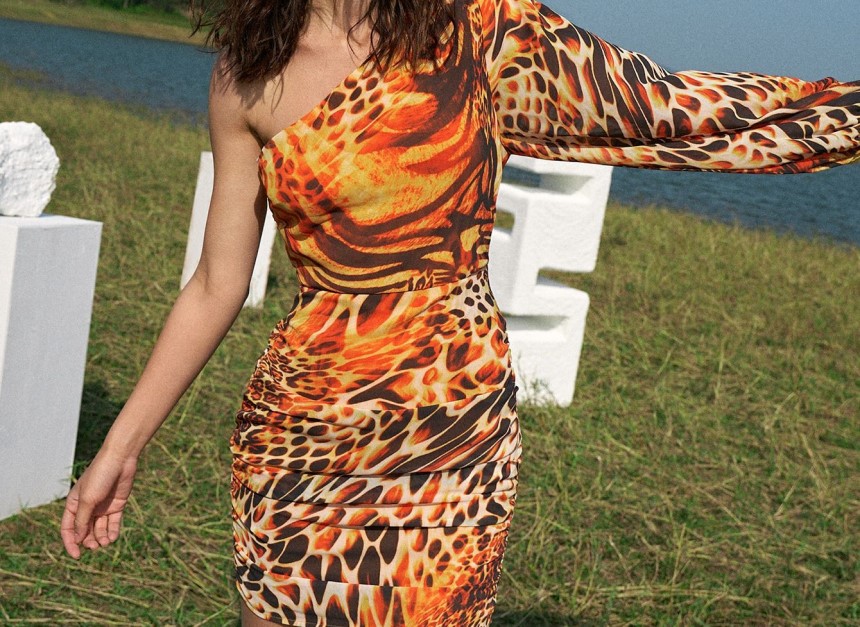 Beautiful with only one sleeve or featuring no sleeves at all, it shows off your neckline and shoulders. It’s comfortable and versatile to wear; from a day on the beach to an evening out.
Beautiful with only one sleeve or featuring no sleeves at all, it shows off your neckline and shoulders. It’s comfortable and versatile to wear; from a day on the beach to an evening out.
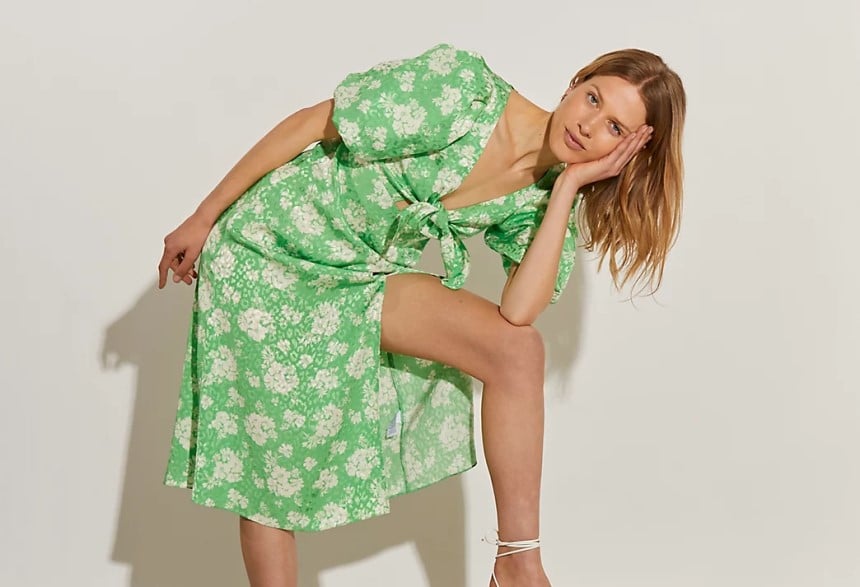 The hemline is cut just below the knee and can be tricky to wear if you are tall or apple-shaped. It can be made from any material and can be form-fitted or loose and flowing.
The hemline is cut just below the knee and can be tricky to wear if you are tall or apple-shaped. It can be made from any material and can be form-fitted or loose and flowing.
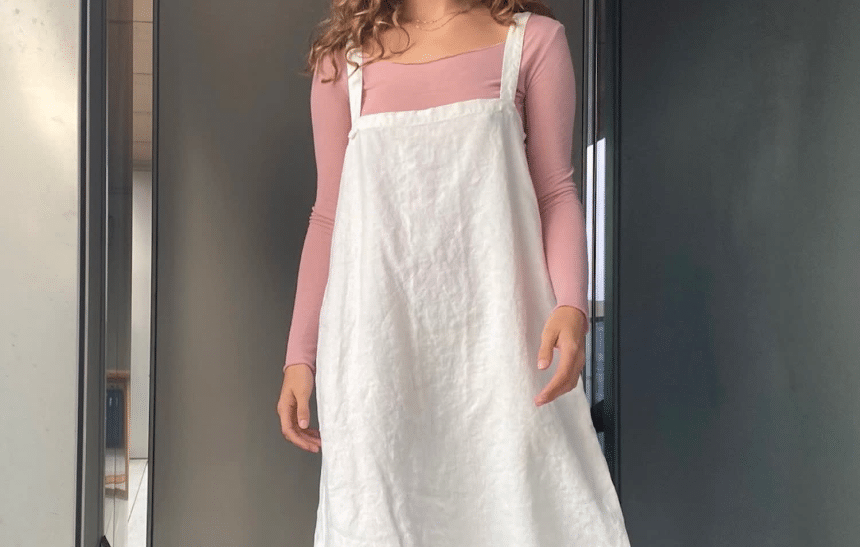 Mothers first made dresses from pillowcases for their daughters. There has also been the popular pillowcase dress challenge during lock-down where people used pillows to make dresses and post the results on social media.
Mothers first made dresses from pillowcases for their daughters. There has also been the popular pillowcase dress challenge during lock-down where people used pillows to make dresses and post the results on social media.
 Fitted snugly at the hips this one then flares down around the knee. Ideal for those that love to dance, the skirt has a lovely swing to it. They make you look like you have an hour-glass figure.
Fitted snugly at the hips this one then flares down around the knee. Ideal for those that love to dance, the skirt has a lovely swing to it. They make you look like you have an hour-glass figure.
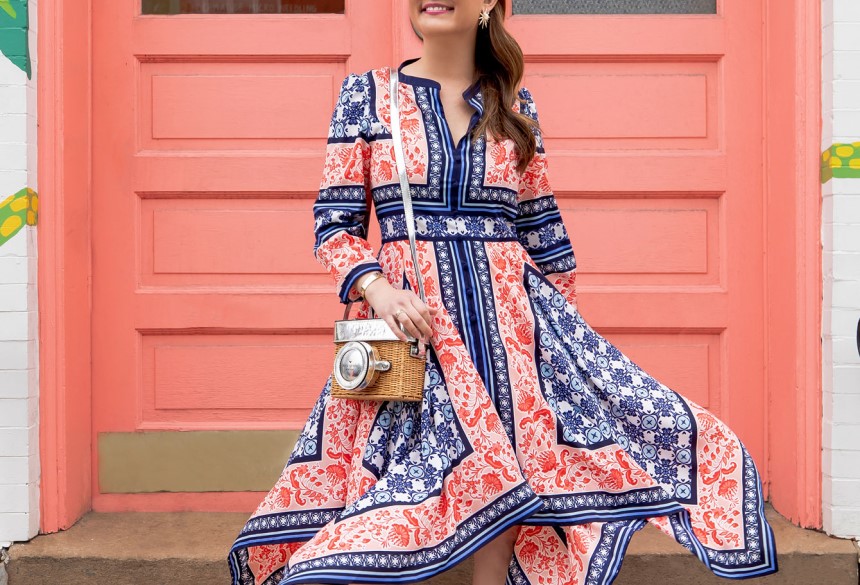 The asymmetric design is created from panels of material in various lengths sewn together. The ends run down to form corners and points. They come in different lengths.
The asymmetric design is created from panels of material in various lengths sewn together. The ends run down to form corners and points. They come in different lengths.
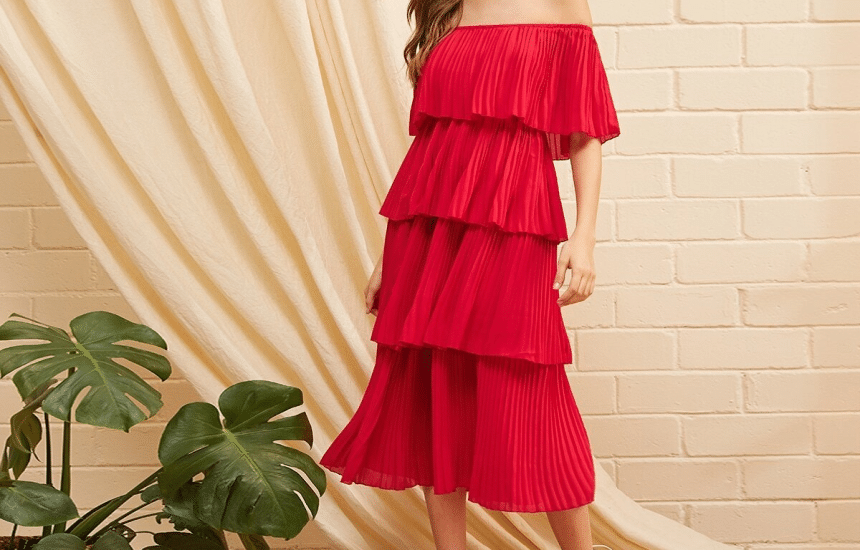 It appears as if this dress has multiple layers because of how the fabric is sewn. The layered dress will suit most types of figures and is comfortable to wear anywhere.
It appears as if this dress has multiple layers because of how the fabric is sewn. The layered dress will suit most types of figures and is comfortable to wear anywhere.
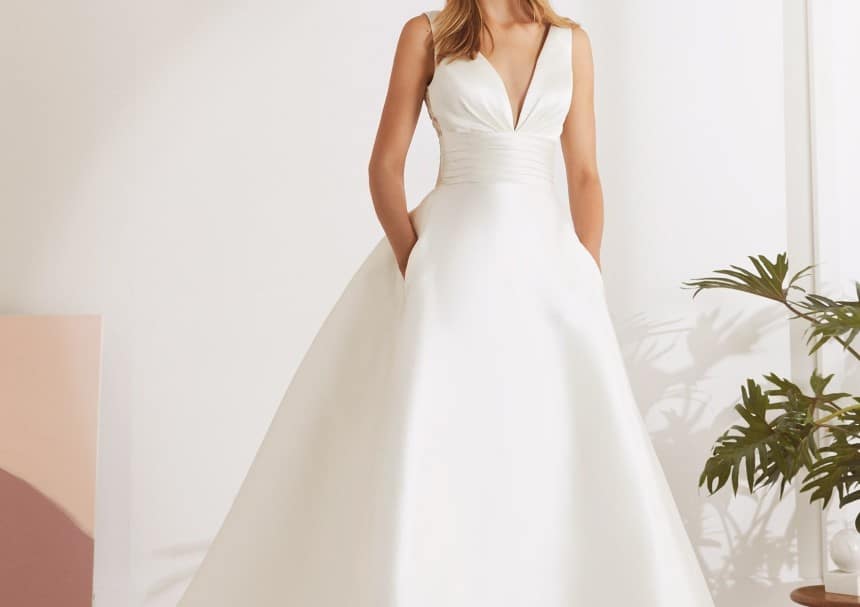 Popular in the 1870s princesses wore dresses cut from panels that joined at the seams and not at the waist. When the dress hangs it creates a silhouette that flatters the body.
Popular in the 1870s princesses wore dresses cut from panels that joined at the seams and not at the waist. When the dress hangs it creates a silhouette that flatters the body.
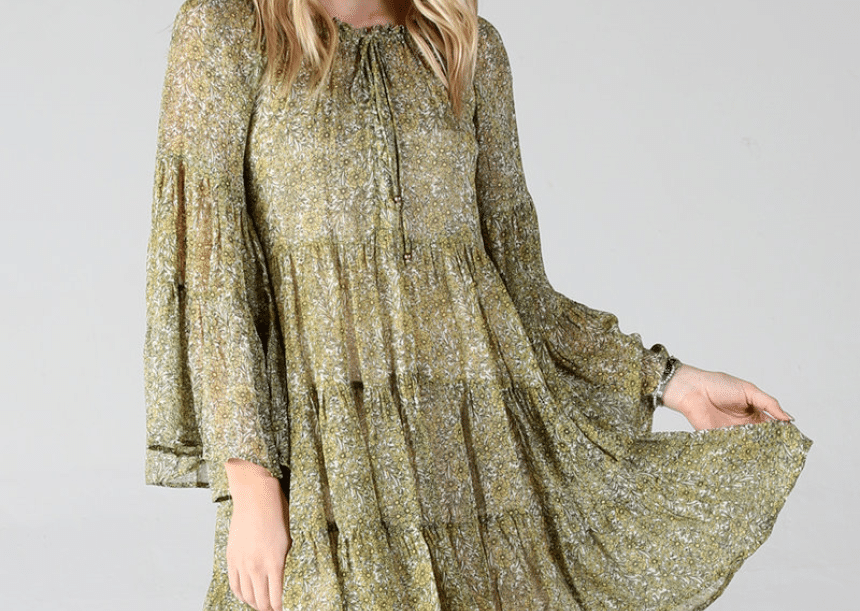 These dresses were made popular for their folksy element and gypsy feel. They feature intricate designs and embroidery. Some have fun features such as puffy sleeves or interesting necklines.
These dresses were made popular for their folksy element and gypsy feel. They feature intricate designs and embroidery. Some have fun features such as puffy sleeves or interesting necklines.
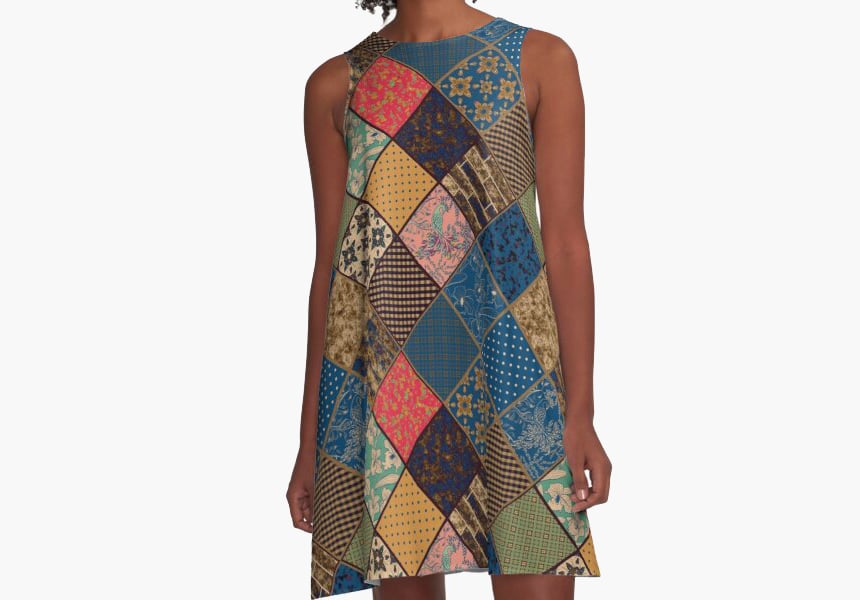 Resembling a dressing gown this style is the ultimate comfort dress. Made from one piece of fabric it’s very loose fitting.
Resembling a dressing gown this style is the ultimate comfort dress. Made from one piece of fabric it’s very loose fitting.
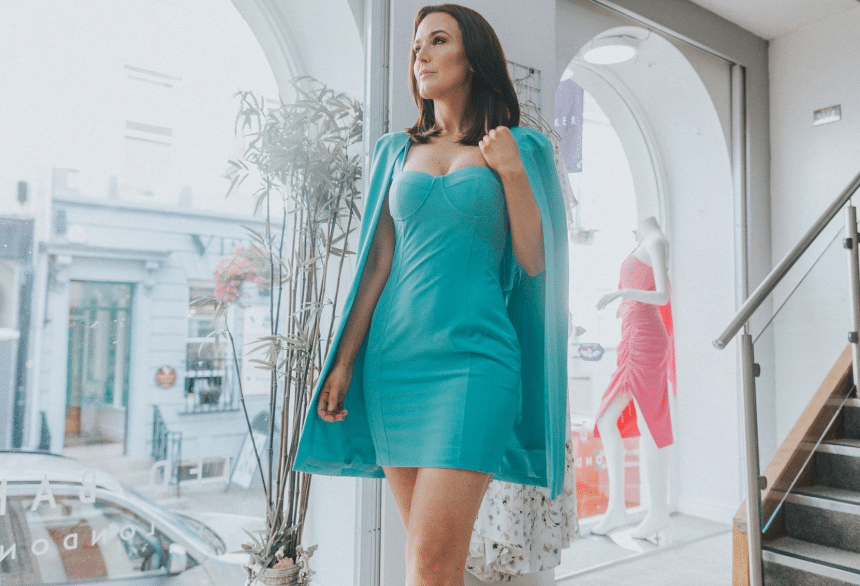 Dating back to 1963 the mini dress made people sit up and take notice of fashion. The short design showed off your legs and was the symbol of rebellious youth culture.
Dating back to 1963 the mini dress made people sit up and take notice of fashion. The short design showed off your legs and was the symbol of rebellious youth culture.
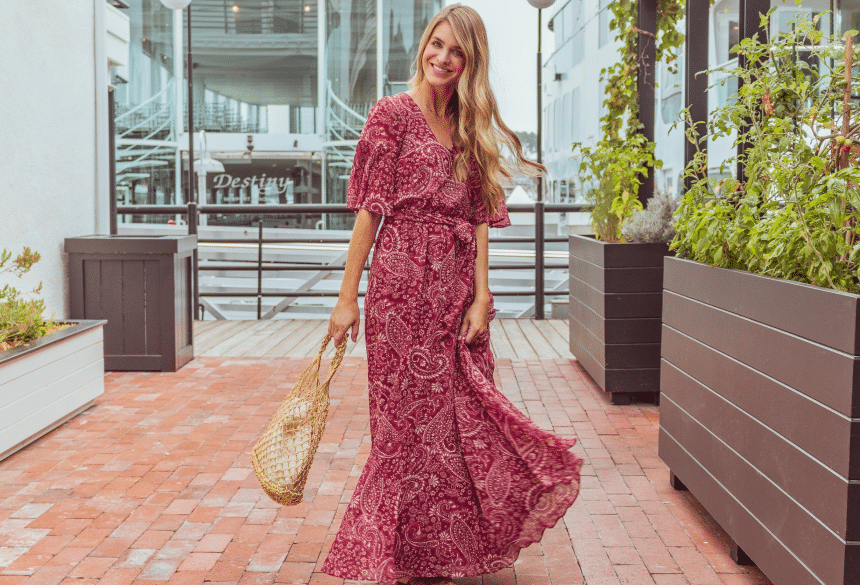 Named thus because the dress reaches to the ankle or skims the floor, it’s usually made from cotton and is loose and flowing. It comes with different necklines.
Named thus because the dress reaches to the ankle or skims the floor, it’s usually made from cotton and is loose and flowing. It comes with different necklines.
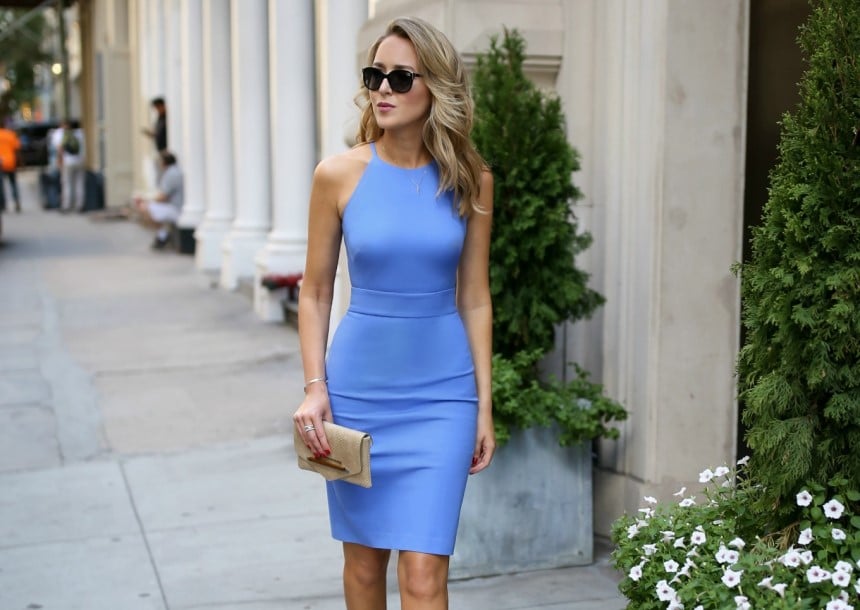 The bottom half from below the hips is fitted, while the top half has a straight cut. It’s flattering on most types of figures and is very similar to a shift dress.
The bottom half from below the hips is fitted, while the top half has a straight cut. It’s flattering on most types of figures and is very similar to a shift dress.
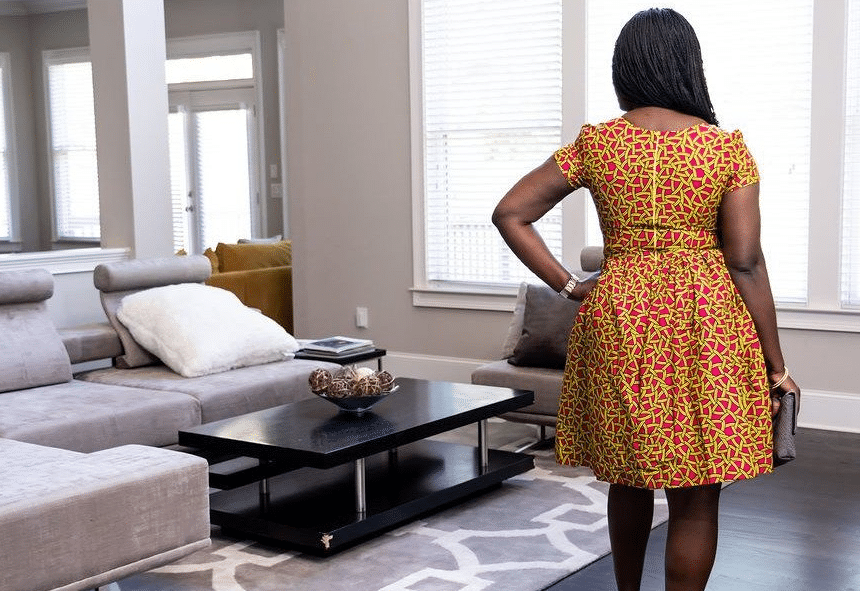 Otherwise known as a bouffant dress, the skirt poofs out while the waist is fitted and gathered. Some of these dresses are known as fairytale dresses.
Otherwise known as a bouffant dress, the skirt poofs out while the waist is fitted and gathered. Some of these dresses are known as fairytale dresses.
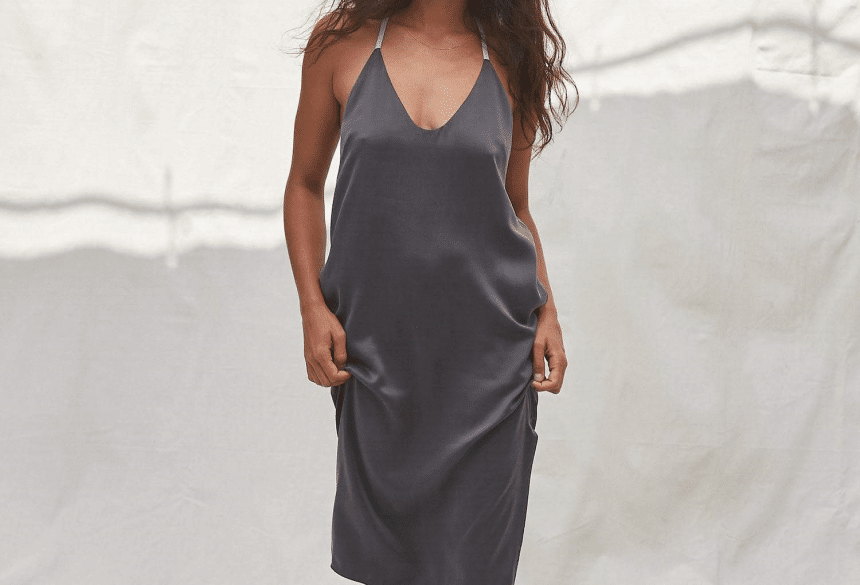 You would be forgiven to think that this dress resembles a petticoat, with its minimalist design and spaghetti straps. This dress is not for the modest.
You would be forgiven to think that this dress resembles a petticoat, with its minimalist design and spaghetti straps. This dress is not for the modest.
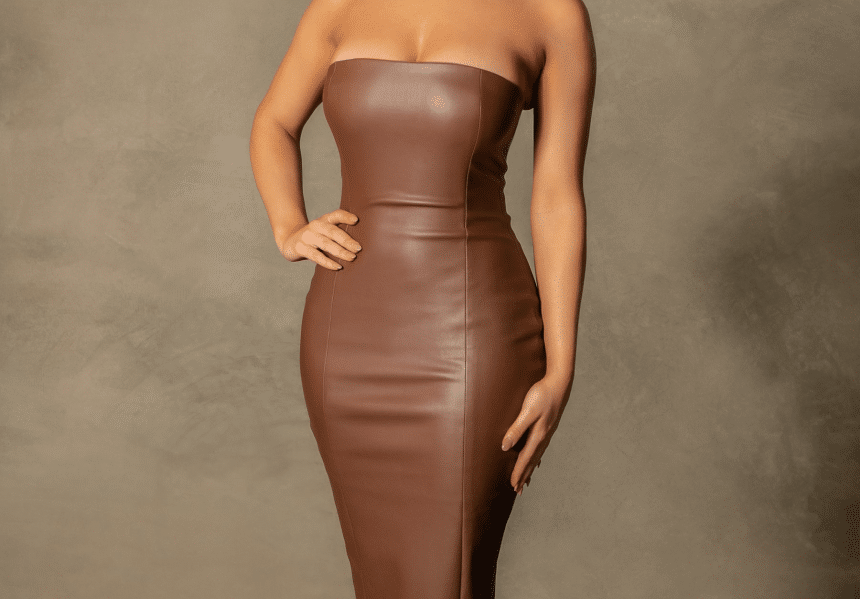 Featuring no straps this design is held up without the support of fastenings. It usually features a hidden internal corset. The dress has a silicon or rubber lining that holds it in place.
Featuring no straps this design is held up without the support of fastenings. It usually features a hidden internal corset. The dress has a silicon or rubber lining that holds it in place.
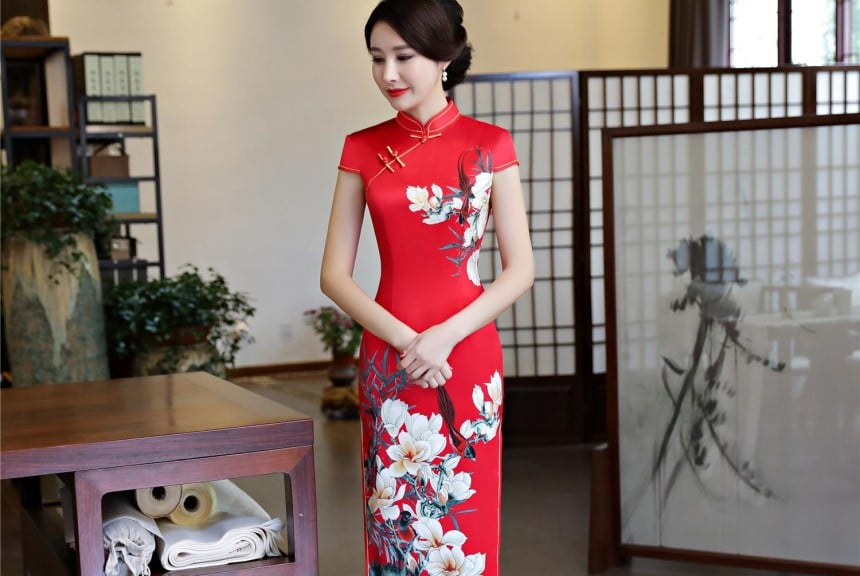 This figure-hugging dress originated from Manchu. It features a high neckline, a closefitting top and the skirt is slit partially up the side. Also called a mandarin gown its origin can be traced back to the 1930s.
This figure-hugging dress originated from Manchu. It features a high neckline, a closefitting top and the skirt is slit partially up the side. Also called a mandarin gown its origin can be traced back to the 1930s.
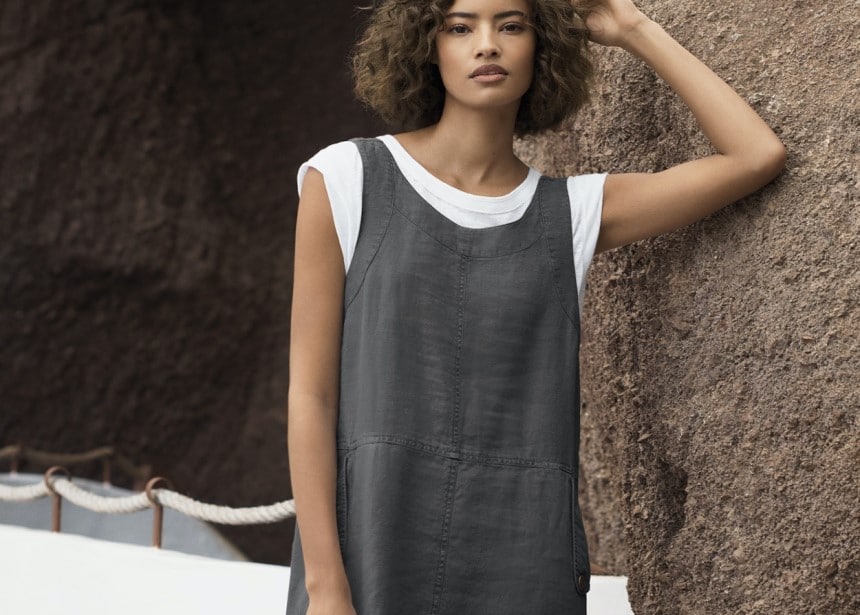 Slightly resembling an apron, this dress is sleeveless and should be worn over a t-shirt or blouse. The dress is open at the back, has no buttons, and was very popular during 1957.
Slightly resembling an apron, this dress is sleeveless and should be worn over a t-shirt or blouse. The dress is open at the back, has no buttons, and was very popular during 1957.
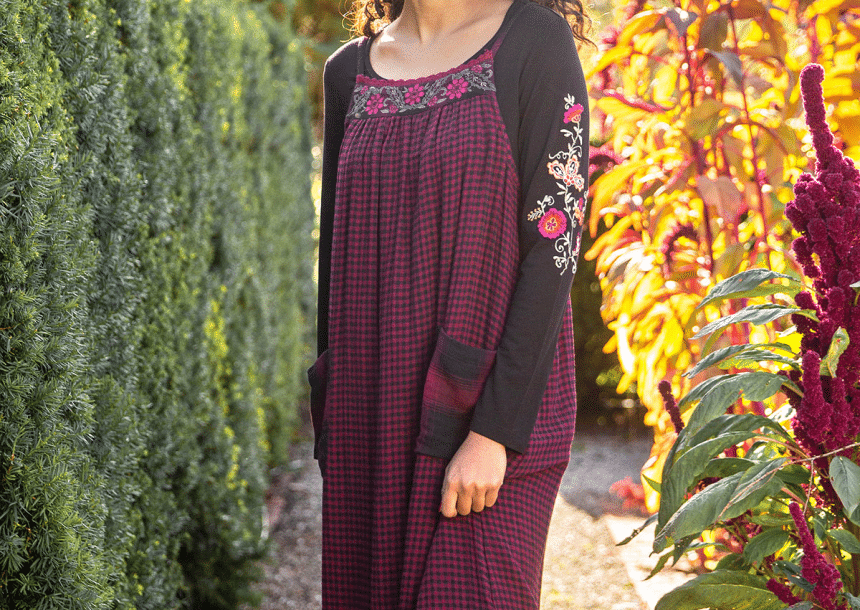 In the 18th century workers used to wear smock dresses to protect the clothes they were wearing. This garment was especially popular with shepherds and waggoners. These days the dress is worn as a quirky fashion statement.
In the 18th century workers used to wear smock dresses to protect the clothes they were wearing. This garment was especially popular with shepherds and waggoners. These days the dress is worn as a quirky fashion statement.
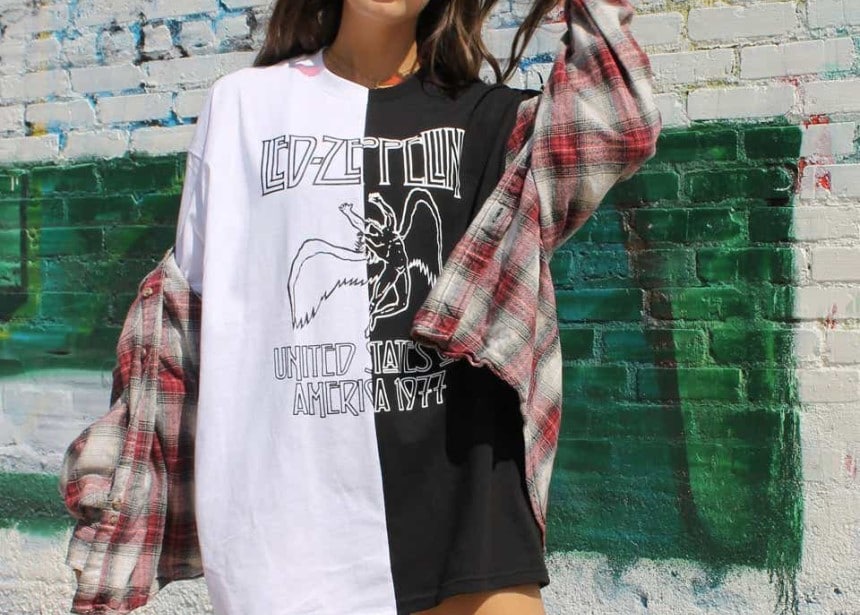 This type of dress strongly resembles an oversized man’s t-shirt. It can have embellishments such as zippers and buttons and comes with long or short sleeves.
This type of dress strongly resembles an oversized man’s t-shirt. It can have embellishments such as zippers and buttons and comes with long or short sleeves.
 If you want to bring sparkle to your night out, you can’t go wrong by wearing sequins. They reflect the light while you dance and are sure to get you noticed.
If you want to bring sparkle to your night out, you can’t go wrong by wearing sequins. They reflect the light while you dance and are sure to get you noticed.
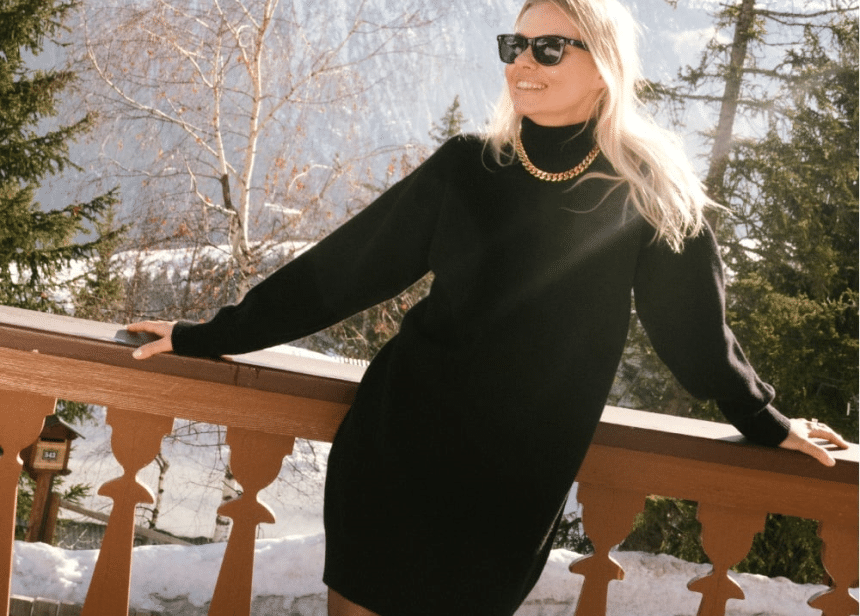 Very similar to a sweater but longer and slightly more fitted, it’s perfect for those chilly evenings sitting around the fire. It’s very comfortable to wear and can be teamed with ankle boots to give it a more cultured look.
Very similar to a sweater but longer and slightly more fitted, it’s perfect for those chilly evenings sitting around the fire. It’s very comfortable to wear and can be teamed with ankle boots to give it a more cultured look.
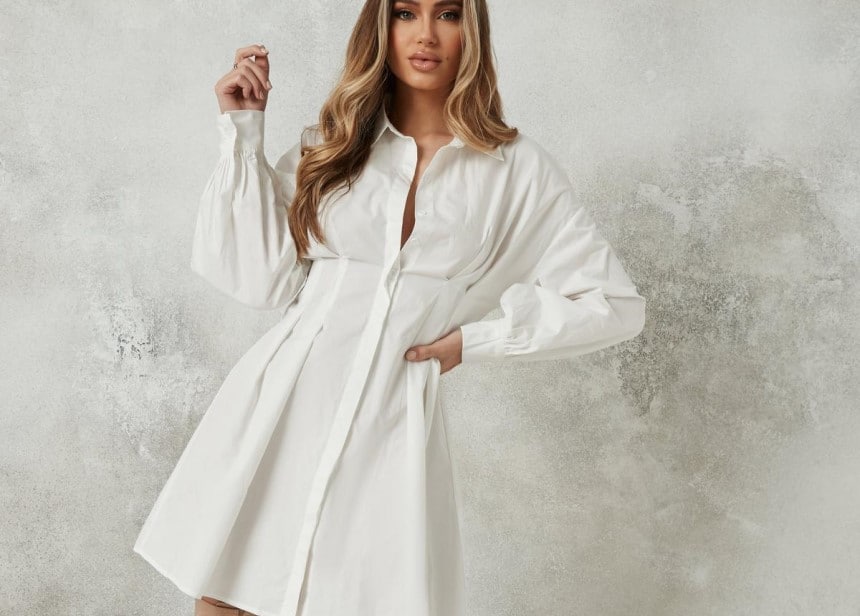 It looks a lot like a man’s dress shirt but is more tailored. You will look flawless wearing it with a pair of tights and heels.
It looks a lot like a man’s dress shirt but is more tailored. You will look flawless wearing it with a pair of tights and heels.
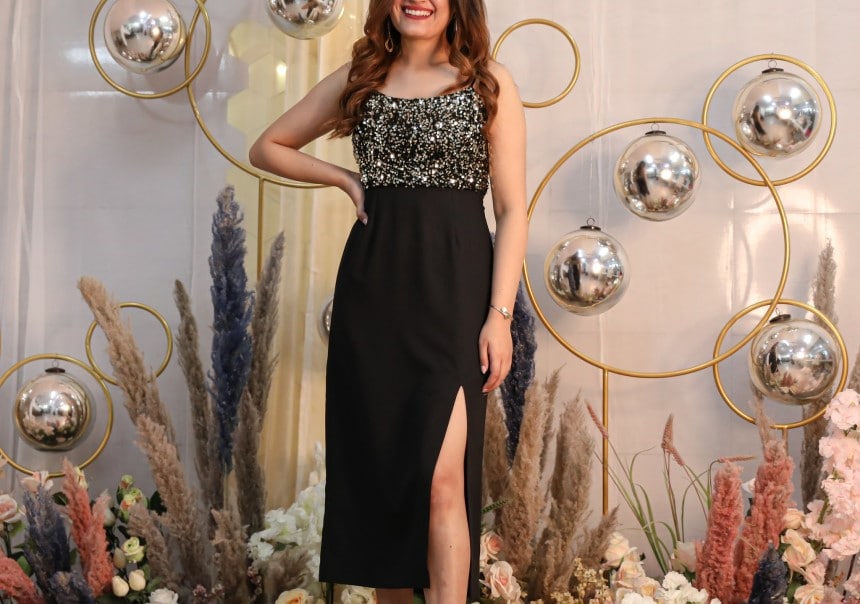 Slit dresses refer to any dress that has a slit at the side or in the middle. On longer evening dresses the slit enables you to move your legs more freely.
Slit dresses refer to any dress that has a slit at the side or in the middle. On longer evening dresses the slit enables you to move your legs more freely.
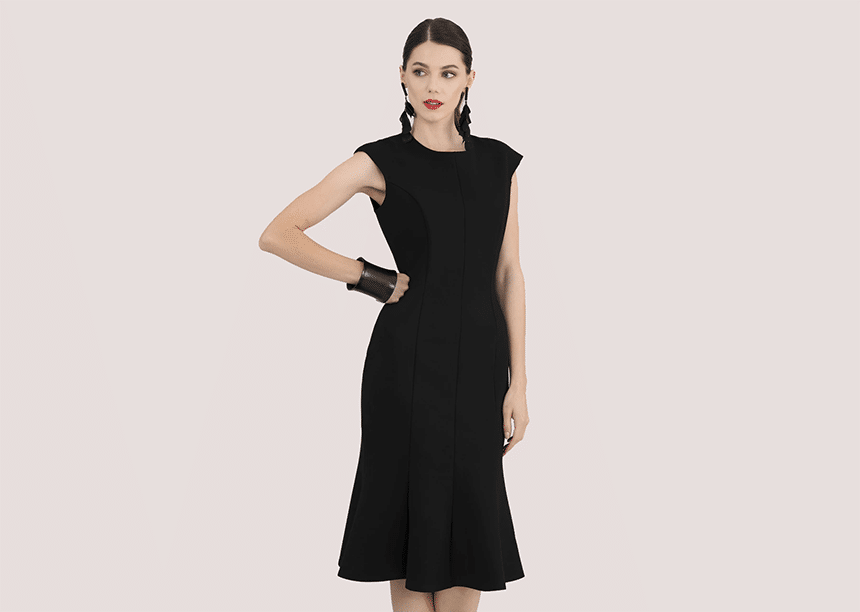 These types of dresses have long rounded seams that add shape and structure to the dress. The dress doesn’t have a waistline and the shape is created by sewing darts into the fabric.
These types of dresses have long rounded seams that add shape and structure to the dress. The dress doesn’t have a waistline and the shape is created by sewing darts into the fabric.
Want to try this for yourself? The Dritz 20405 My Double Deluxe Dressform has 12 Adjustable wheels so you can make adjustments in ½-inch increments to the neck, bust, waist, hip, back waist length easily.
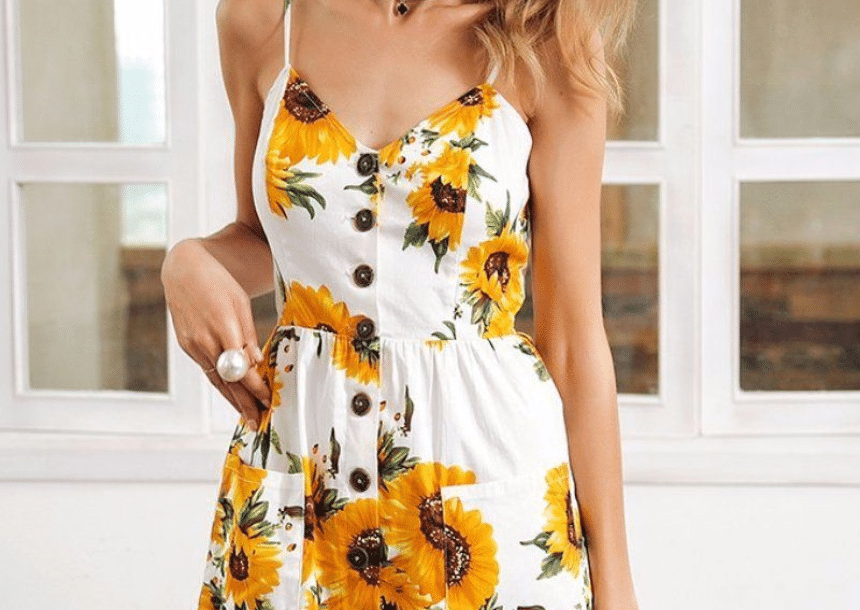 Made for sunny weather, this dress is usually short and sleeveless. The skirt is flouncy while the bodice fits tightly. Some designs feature straps or a halter neck.
Made for sunny weather, this dress is usually short and sleeveless. The skirt is flouncy while the bodice fits tightly. Some designs feature straps or a halter neck.
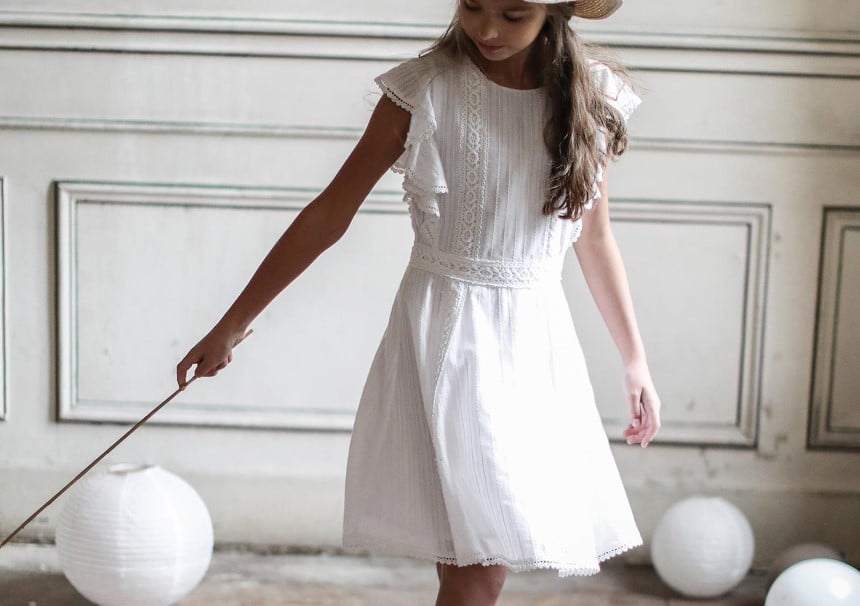 This type of dress was first made popular by figure skaters. The top half fits tightly, while the skirt flares out. The overall look is cute and girly. It can be dressed up with a pair of heels.
This type of dress was first made popular by figure skaters. The top half fits tightly, while the skirt flares out. The overall look is cute and girly. It can be dressed up with a pair of heels.
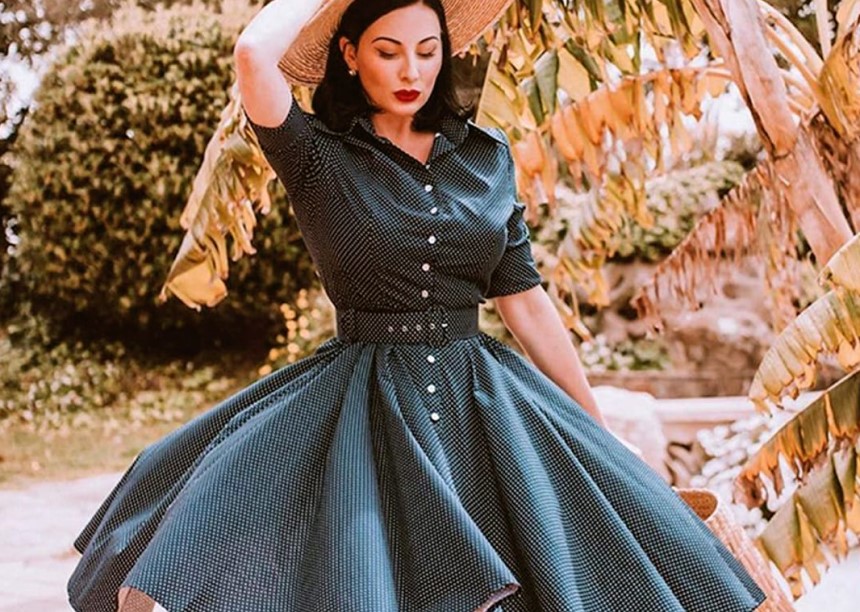 Featuring an A-line shape, the dress has a flowy skirt and the top half is form-fitting especially around the waist. It gives the illusion of an hourglass figure.
Featuring an A-line shape, the dress has a flowy skirt and the top half is form-fitting especially around the waist. It gives the illusion of an hourglass figure.
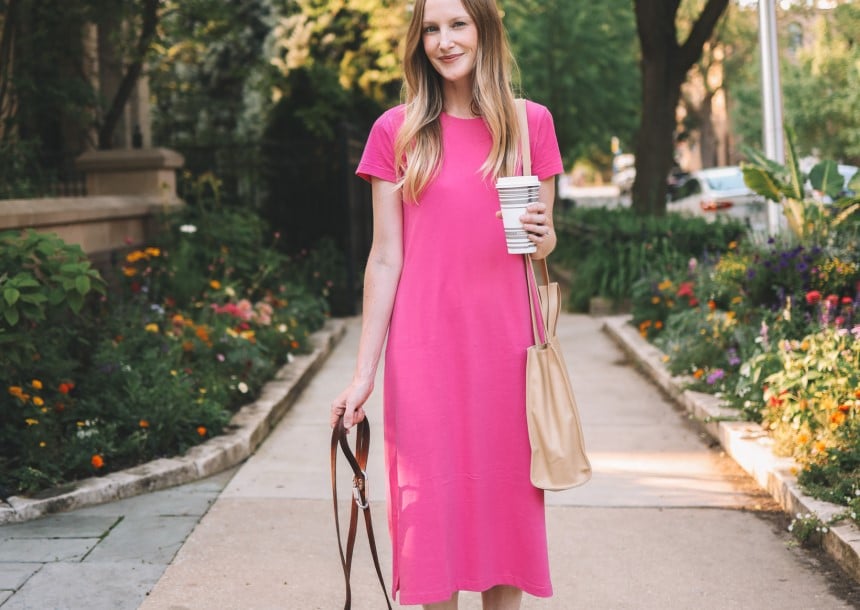 Traditionally this type of dress looks like an oversized t-shirt. It has short sleeves and a round or V-shaped neckline. Made from stretchy fabric the t-shirt dress hugs your curves.
Traditionally this type of dress looks like an oversized t-shirt. It has short sleeves and a round or V-shaped neckline. Made from stretchy fabric the t-shirt dress hugs your curves.
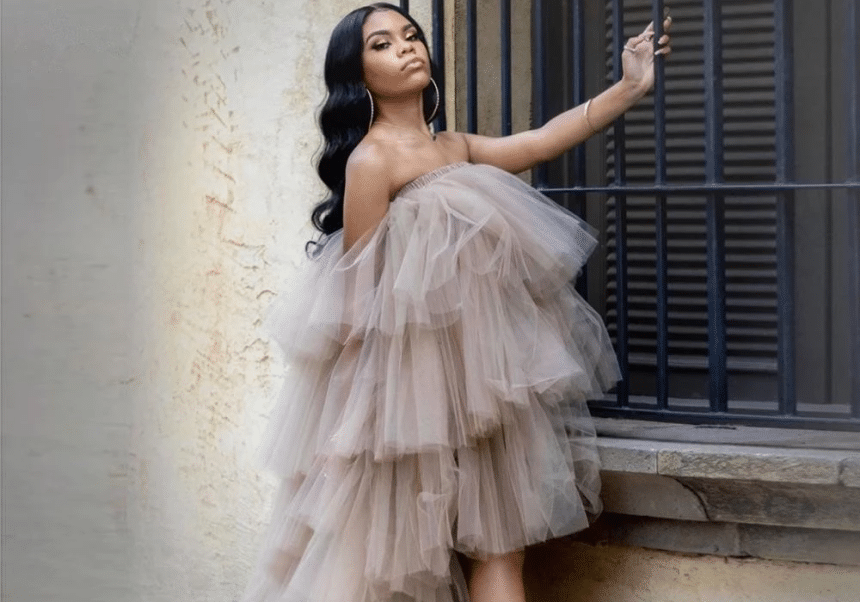 Tulle is a very lightweight material that is made from nylon or polyester. This type of dress is very popular for wedding dresses and dresses for flower girls.
Tulle is a very lightweight material that is made from nylon or polyester. This type of dress is very popular for wedding dresses and dresses for flower girls.
 Also known as a boob tube dress, it’s sleeveless and is held up by the wearer’s breasts with the help of elastic. The dress can be form-fitting, or the skirt part can be loose and flowing.
Also known as a boob tube dress, it’s sleeveless and is held up by the wearer’s breasts with the help of elastic. The dress can be form-fitting, or the skirt part can be loose and flowing.
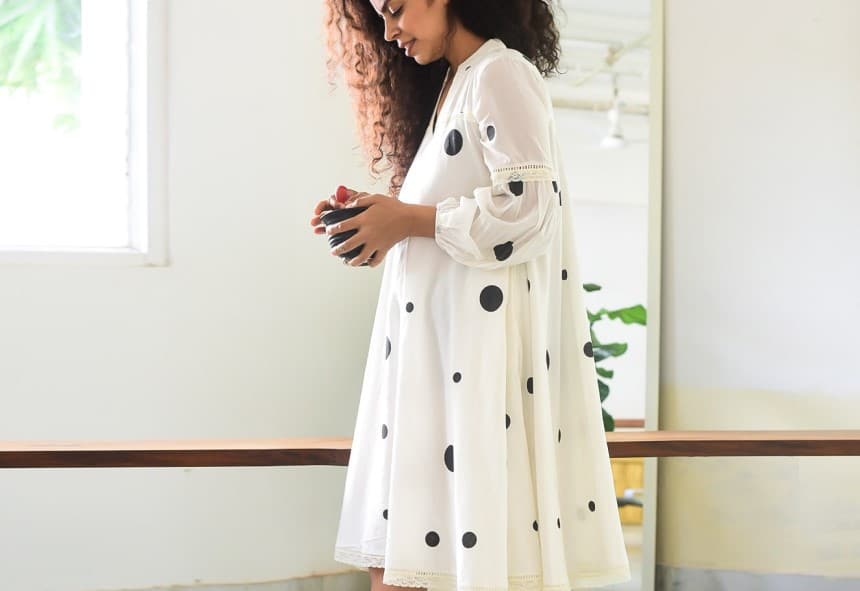 This type of dress has no shape and hangs loosely from the shoulders. They are made for comfort and can look frumpy if not styled correctly.
This type of dress has no shape and hangs loosely from the shoulders. They are made for comfort and can look frumpy if not styled correctly.
 This garment is very simple and slips over your head. It can come with or without sleeves and is usually belted at the waist to give the dress shape. Add a pair of tights or jeans under the tunic.
This garment is very simple and slips over your head. It can come with or without sleeves and is usually belted at the waist to give the dress shape. Add a pair of tights or jeans under the tunic.
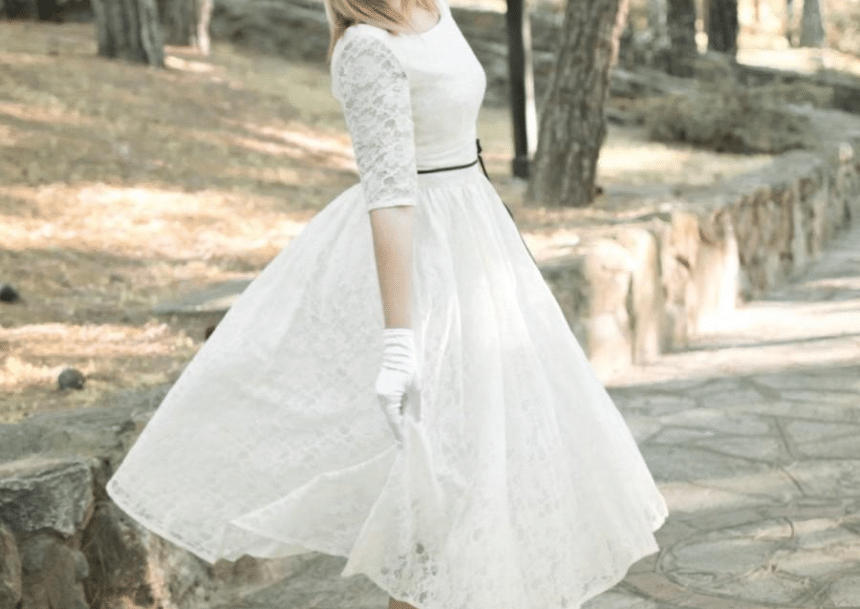 A tea-length dress is a dress that reaches just above the ankle. This dress got its name during the 1920s when women would wear them to attend tea parties.
A tea-length dress is a dress that reaches just above the ankle. This dress got its name during the 1920s when women would wear them to attend tea parties.
Now that you’ve learned all the dress types outhere, here’s a short video that will give an advice on the most flattering dress by body type:
Dresses have been around for as long as people have been wearing clothing. There are hundreds of different types of dresses available to suit every body type and individual style.
Some dresses may be more flattering than others, so it’s important to know your body type and what works for you. In the famous words of Bill Cunningham “Fashion is the armor to survive the reality of everyday life”.